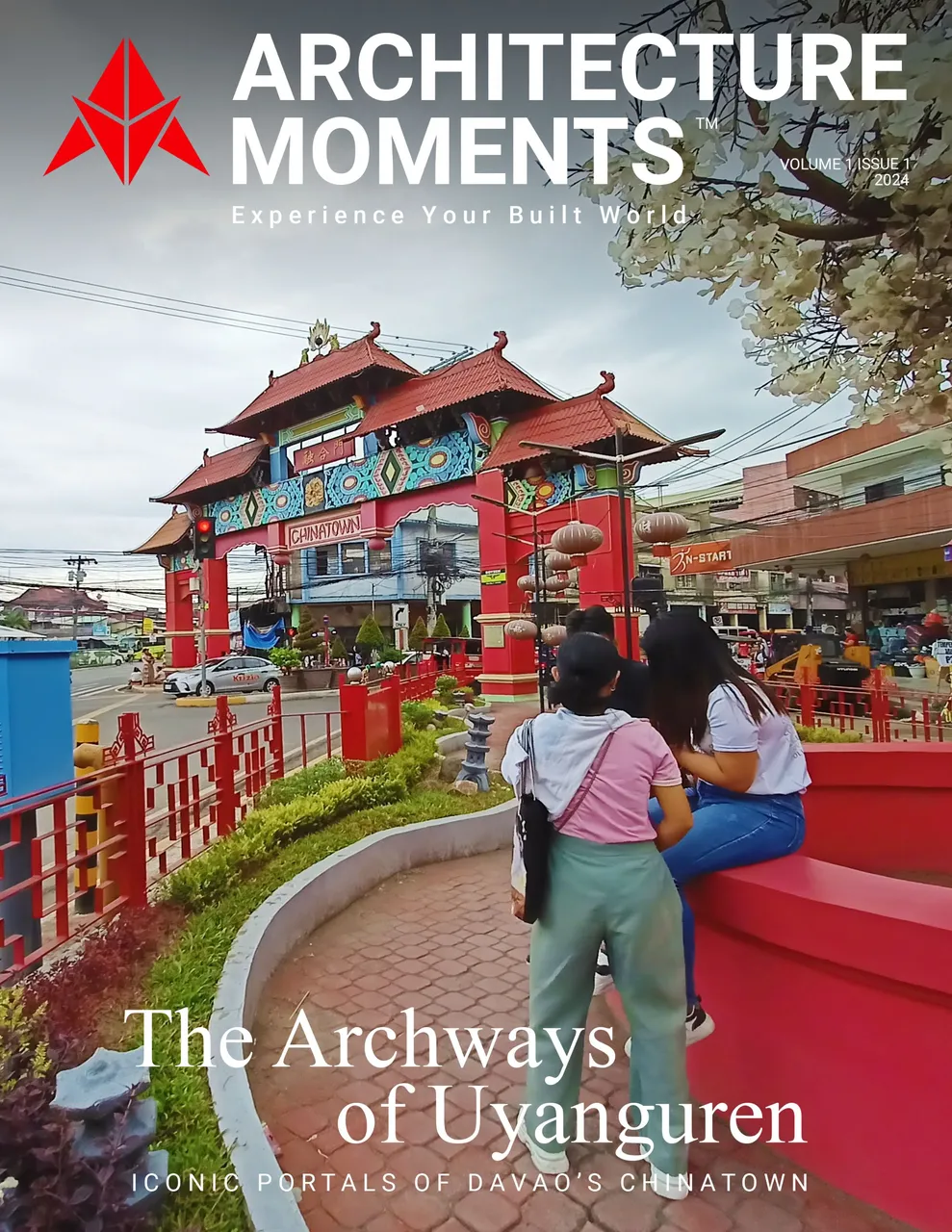
A Reintroduction
What's up everyone?
After hibernating for several months, I'm immensely pleased to announce the rebirth of Architecture Moments™. The strategic decision to create a separate Hive username (@archmoments) for this special A+D brand was primarily to focus on the valuable connections with our built environments, most importantly the entire spectrum of human experiences derived from our countless interactions with them.
In fact, a huge majority of blogs and publications on the Internet only feature the professional aspects of architecture and design. Through this dedicated channel, it's my fervent desire to not only include this specific industry's scientific and technical backgrounds but above all celebrate the personal stories, emotions, feelings, senses, reactions, and everything in between that flourish as a result of our actual engagements with the interesting spaces surrounding us.
Apart from the Architecture+Design Community that supports the same advocacy, I also conceived Architecture Moments™ to be an equally significant project that's dear to me. Like my original account (@storiesoferne), this new Hive account (@archmoments) will exclusively be also under my direct creative work, writing style, personal voice, content authorship, and thought leadership.
Here's to a super delightful journey of exceptionally intimate encounters with architecture and design from around the world. Let's do this! Are you with me?
Sincerely,
STORIES OF ERNE™
Creator
Architecture+Design Community
Exploring the Iconic Portals of Davao City’s Chinatown
Setting our political differences aside, it's already a well-known fact that the Chinese people are one of the world's most influential cultures. Aren't they?
Despite their imperfections, they’ve managed to successfully conquer various places around the planet by means of warfare, language, cuisine, fashion, music, arts, technology, entrepreneurship to name a few.
And if there's one major field they've excelled at, that would be their distinctive signature of architecture. This is clearly evident in the rapid proliferation of Chinatowns literally everywhere.
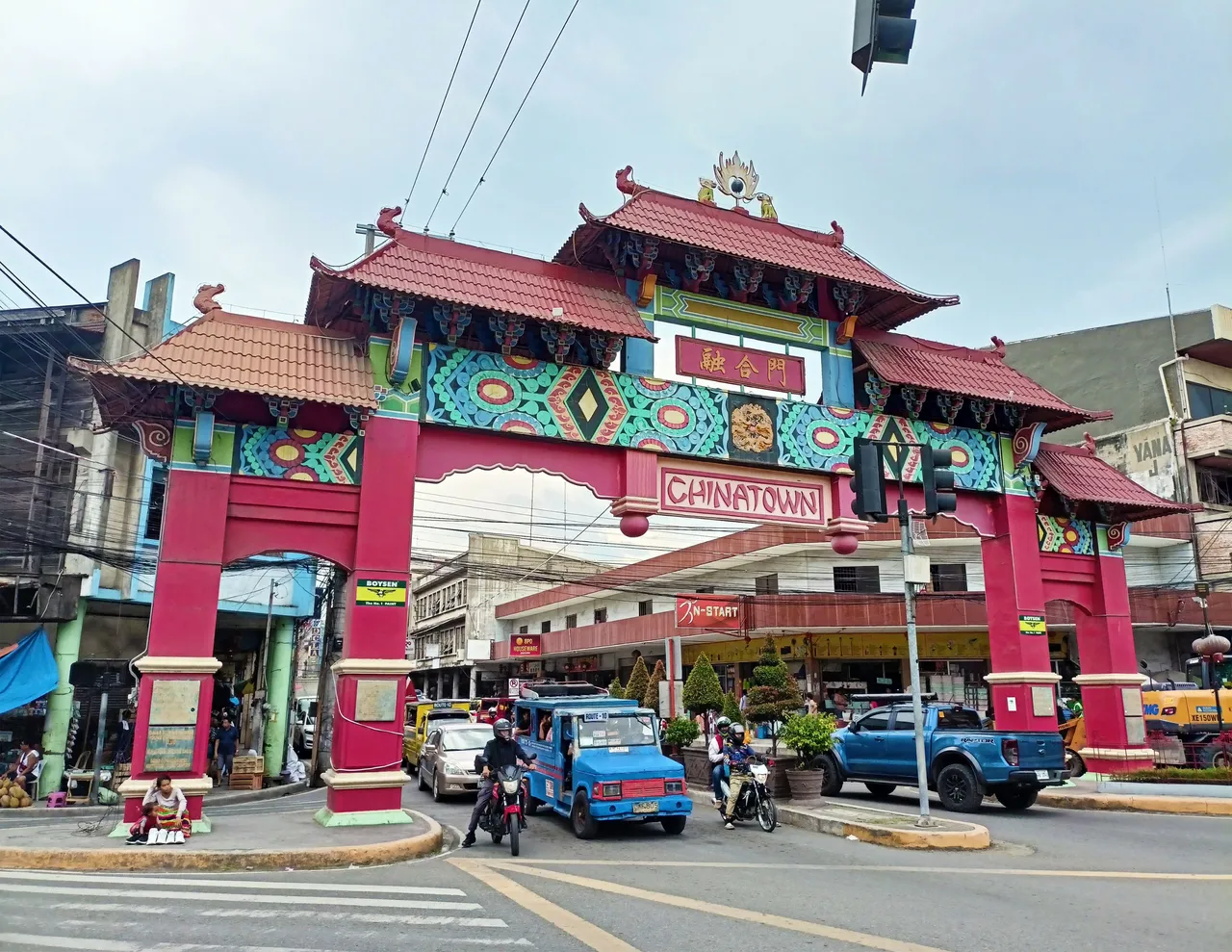
Allow me to introduce to you the Philippine’s largest Chinatown, also situated in the nation's biggest city of Davao. However, we shall only point our attention to this massive landmark’s majestic gateways, also traditionally referred to as “Paifang” or “Pailou” in their native language.
Davao City’s Chinatown was originally recognized as Uyanguren, established from the foreign name of a former Spanish ruler who used to colonize this region centuries ago. And apart from being a shopping paradise for cheap commodities and a food haven, this humongous locality also hosts historic buildings and other interesting architecture.
I conserved the physical, mental, and emotional energy of hiking around this incredible Filipino-Chinese community, feasting on these sensually appealing archways up close and personal. There are only four of them. The succeeding visual stories are the result of several visits to this bustling neighborhood due to the uncontrollable availability of ideal weather. Let's begin our adventurous exploration.
The Unity Archway
The first portal was the largest and most elaborate structure of them all. Upon approaching it, I was immediately blown away by its eye-catching design.
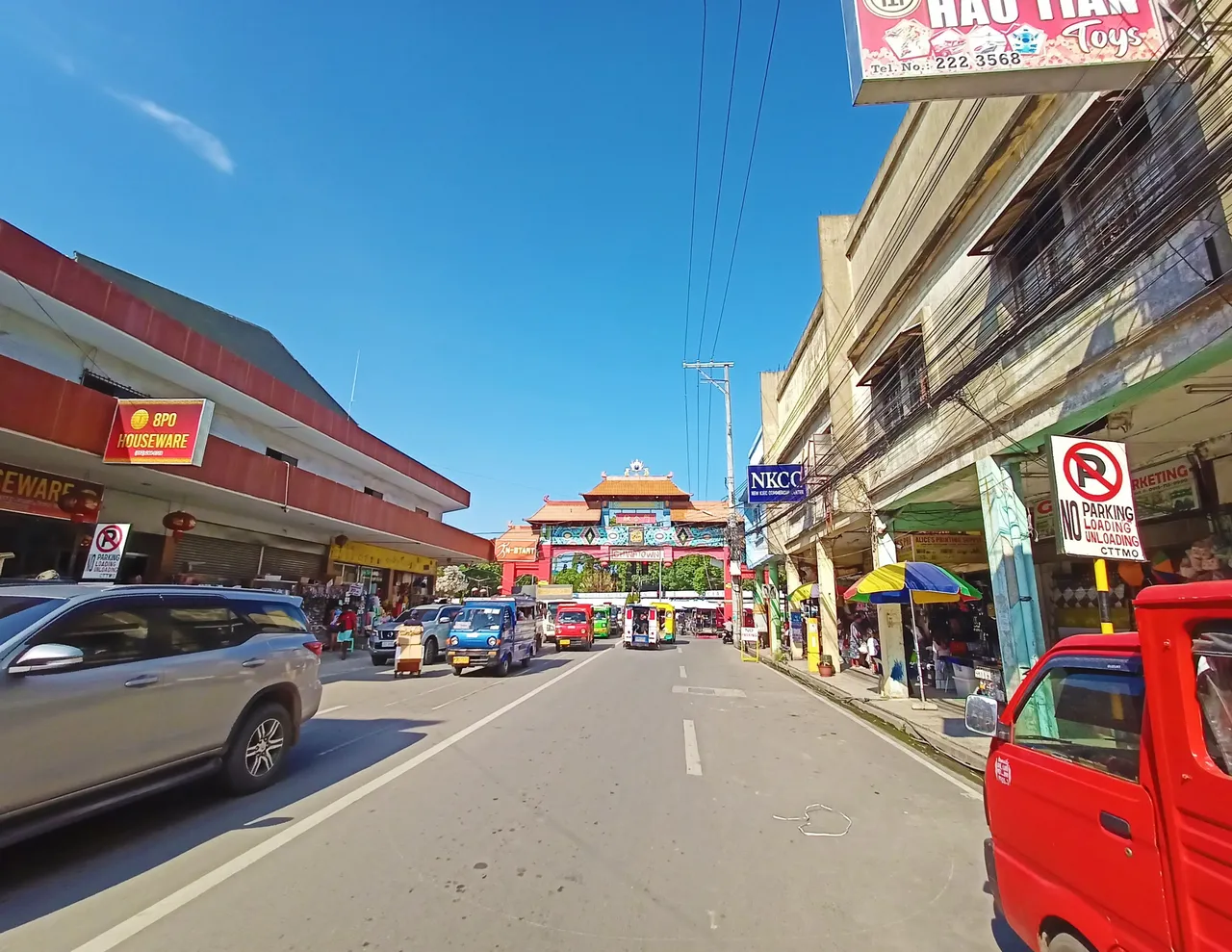
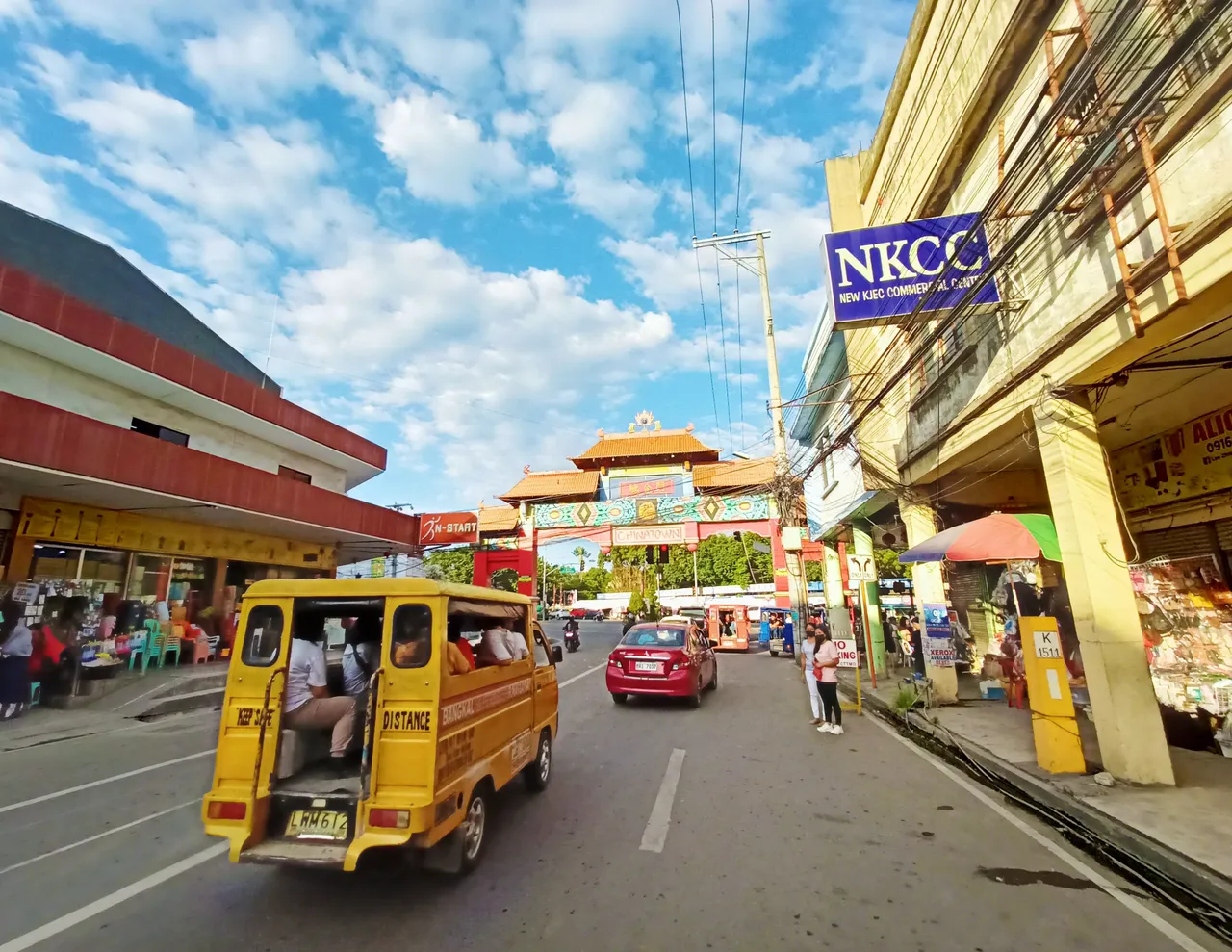

Majestically standing at the intersection of Ramon Magsaysay Avenue, Quezon Boulevard, and Leon Garcia Street, it's merely impossible to miss this towering behemoth if you stroll by this busy district.
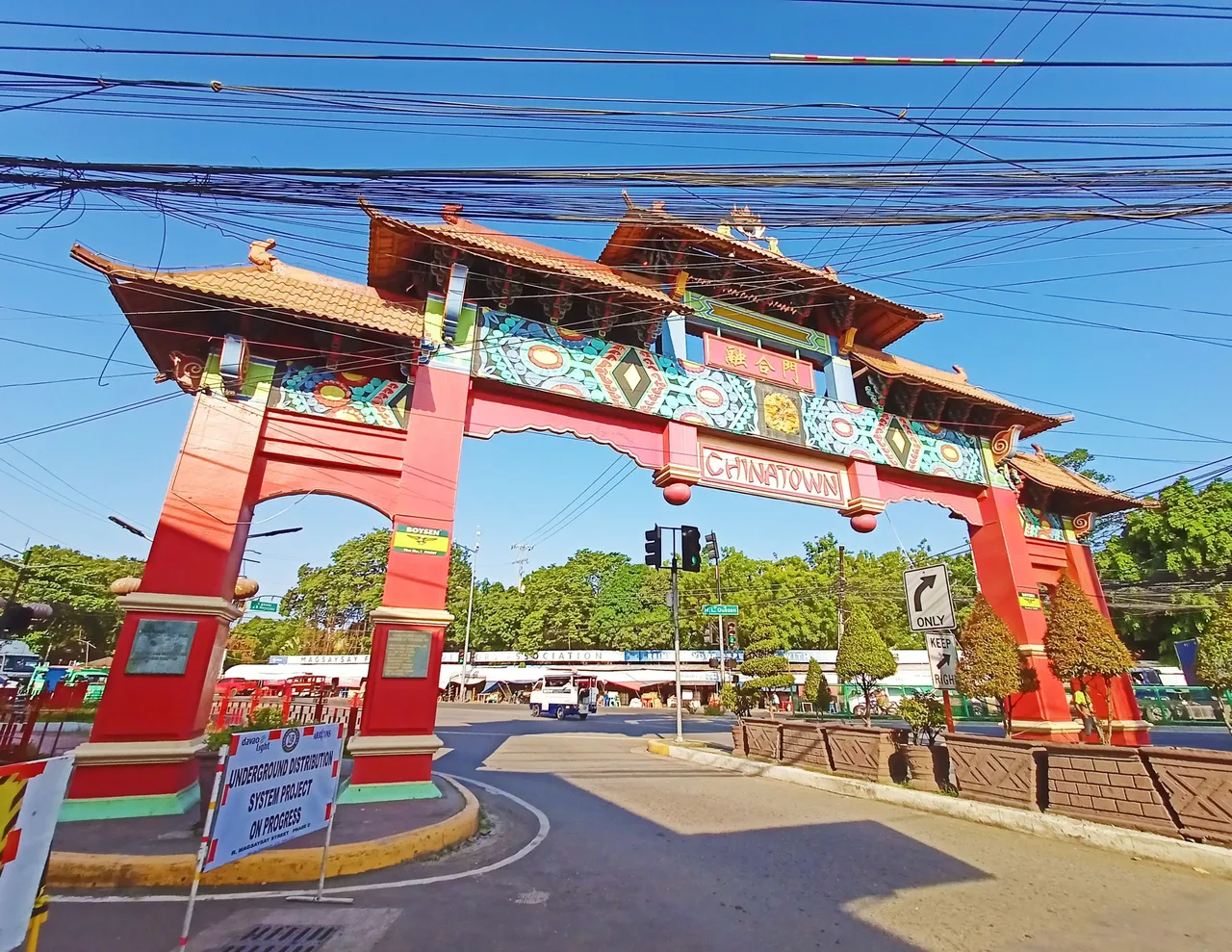

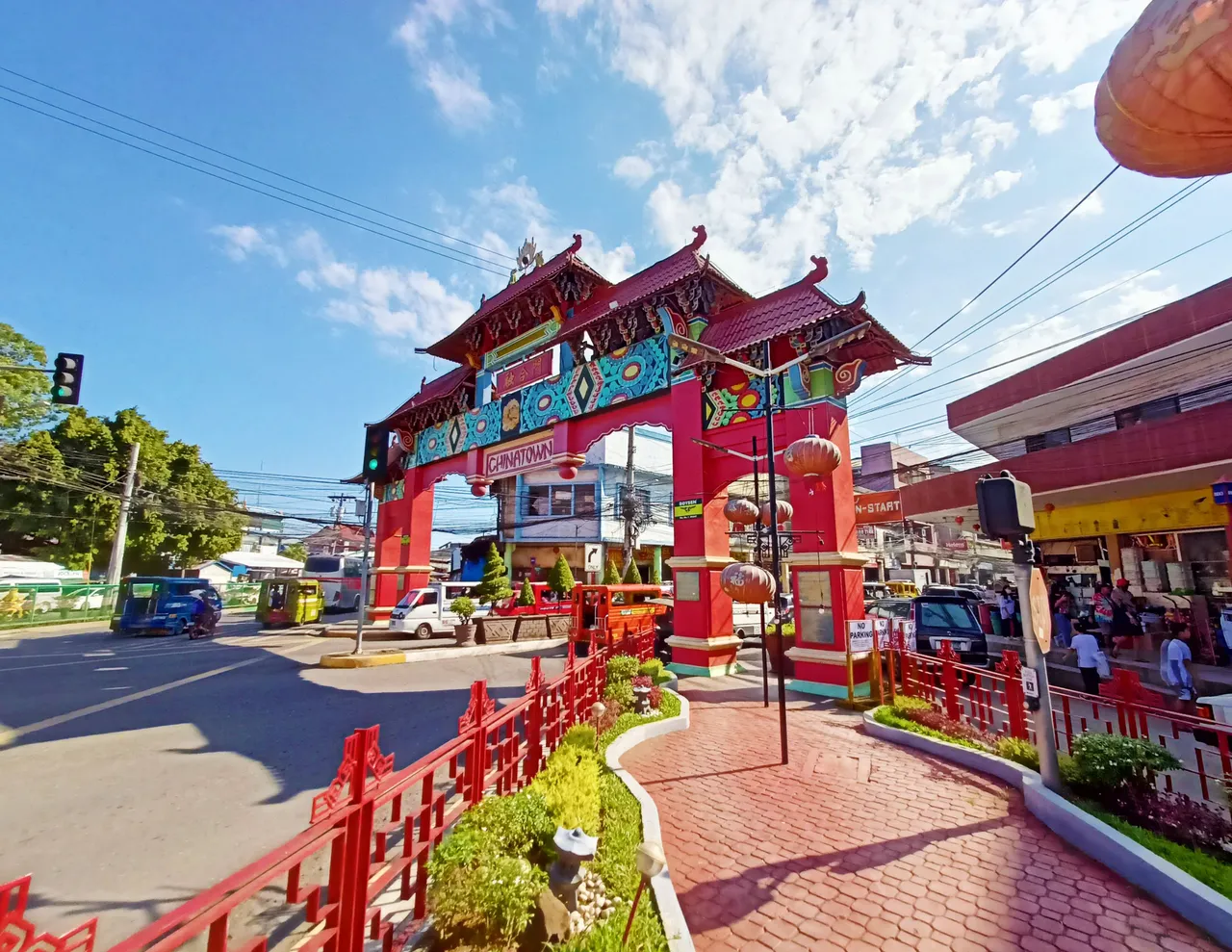
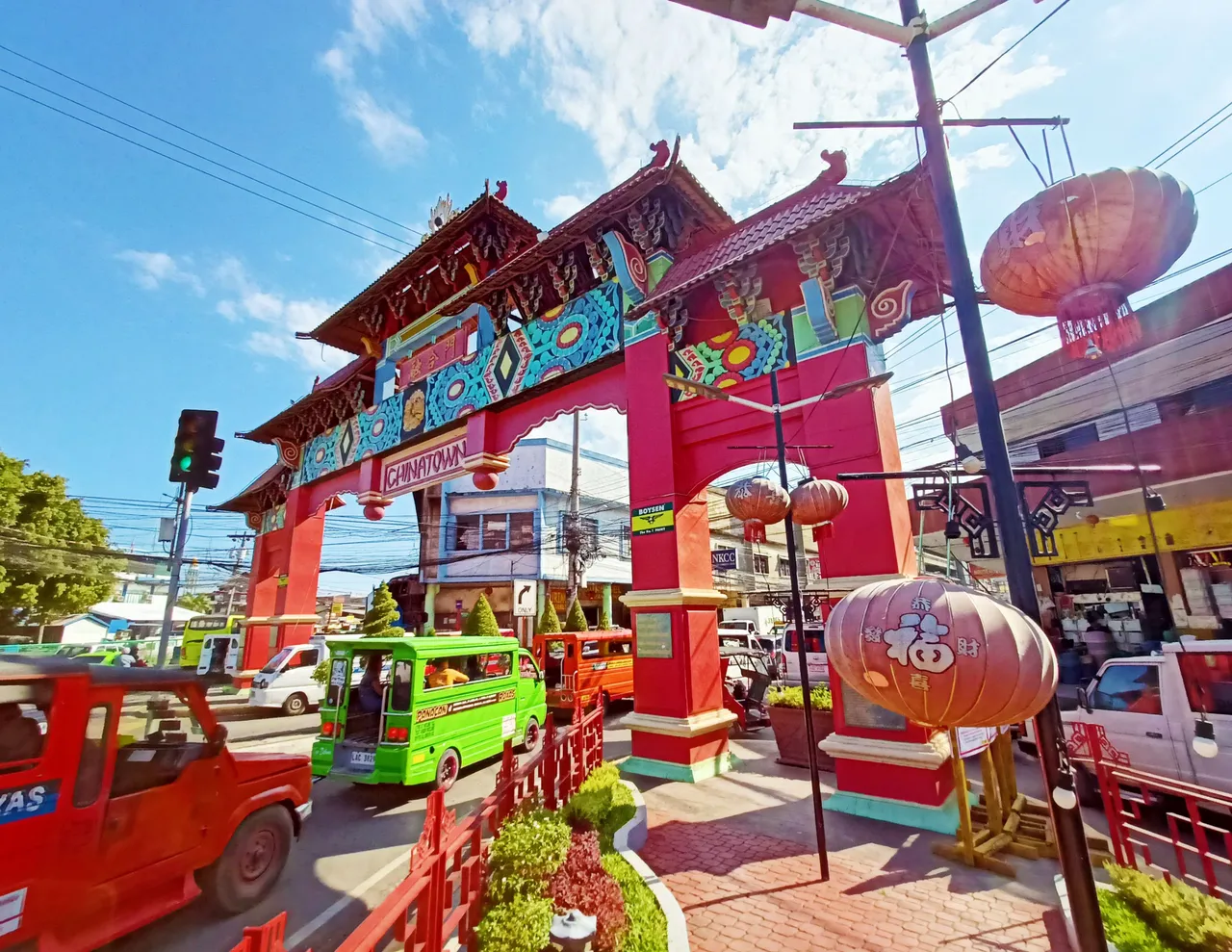
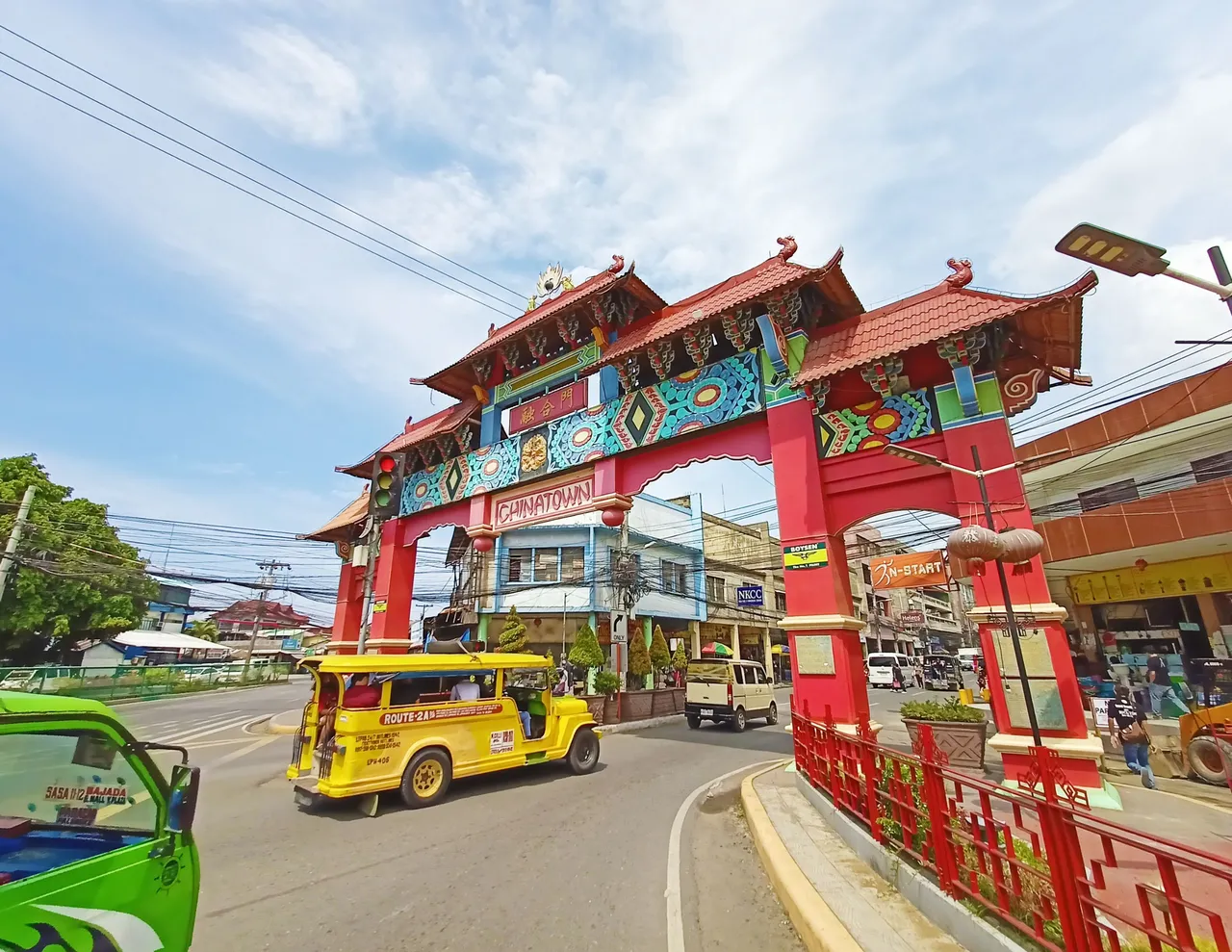
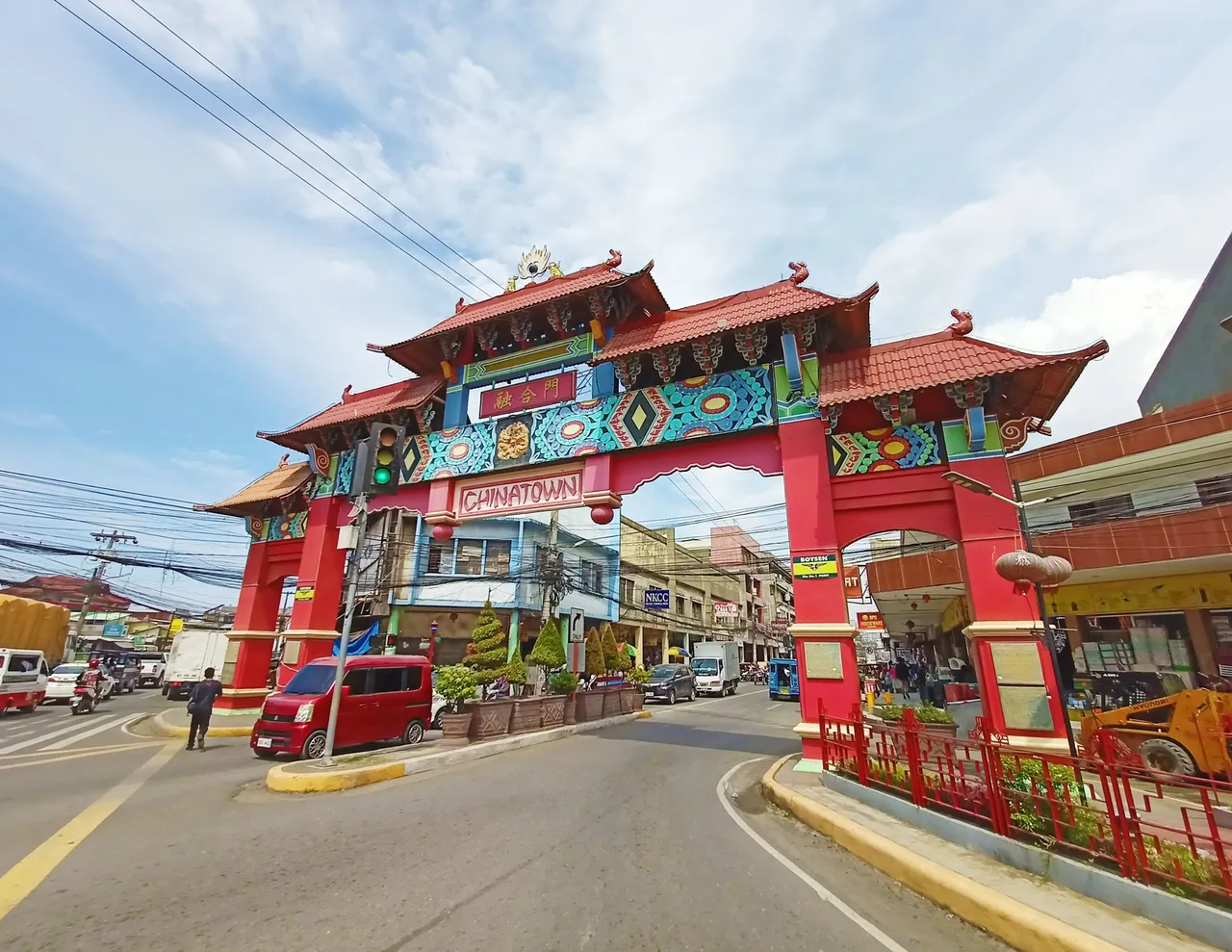
While strolling around the adjoining Magsaysay Park and the roadside stalls of the Magsaysay Fruit Vendors Association, I could also visually appreciate the Unity Archway as it proudly welcomed the constant flow of pedestrians and vehicular traffic to its open passage.
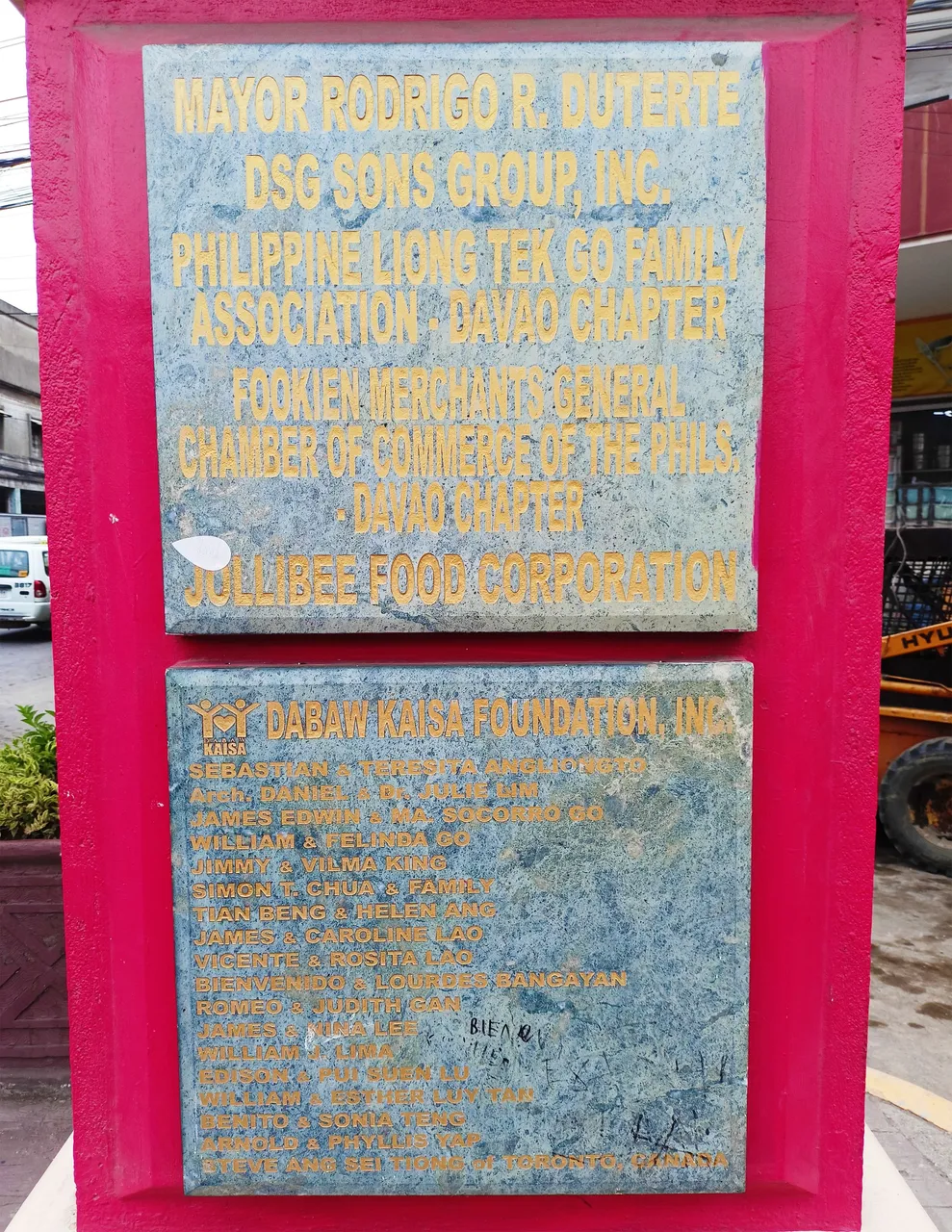
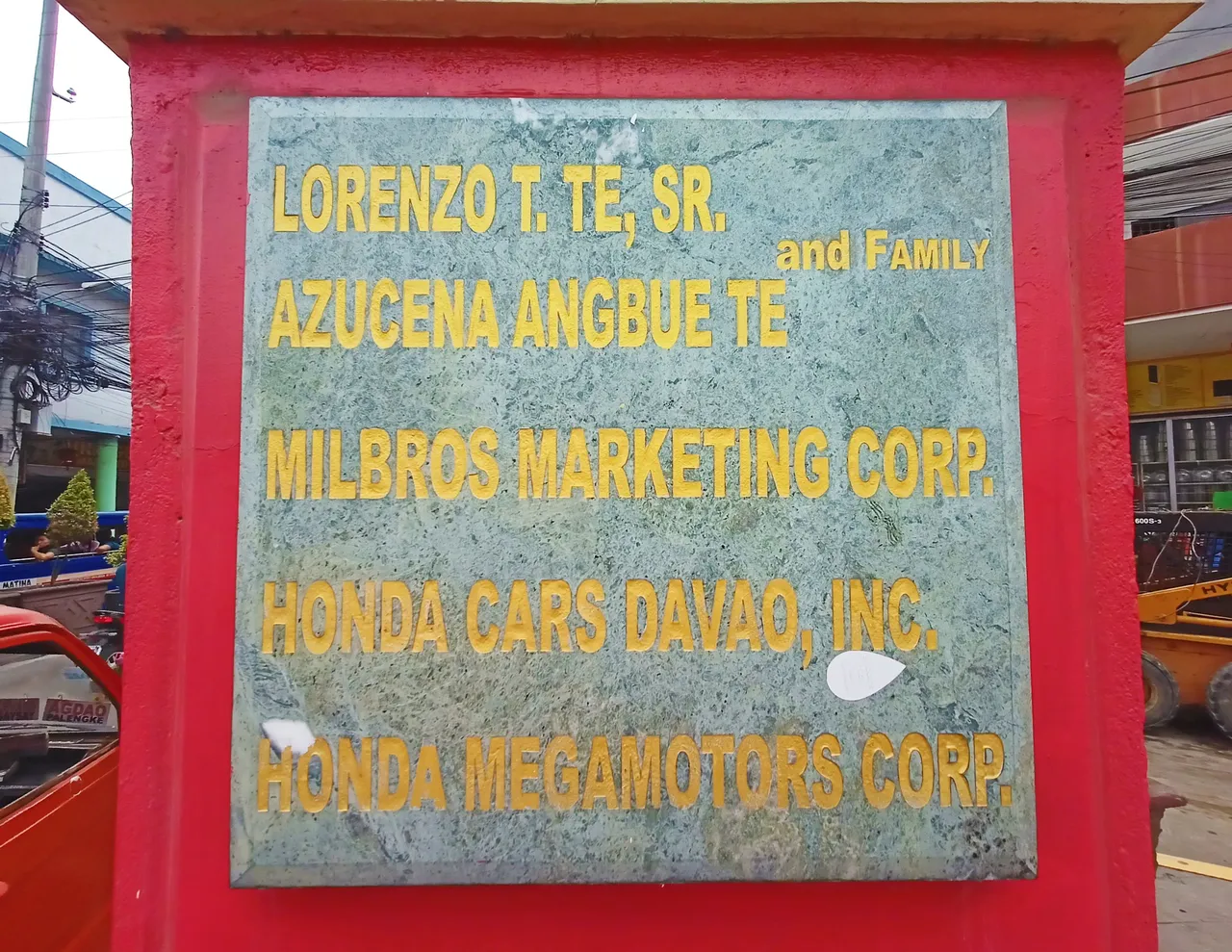
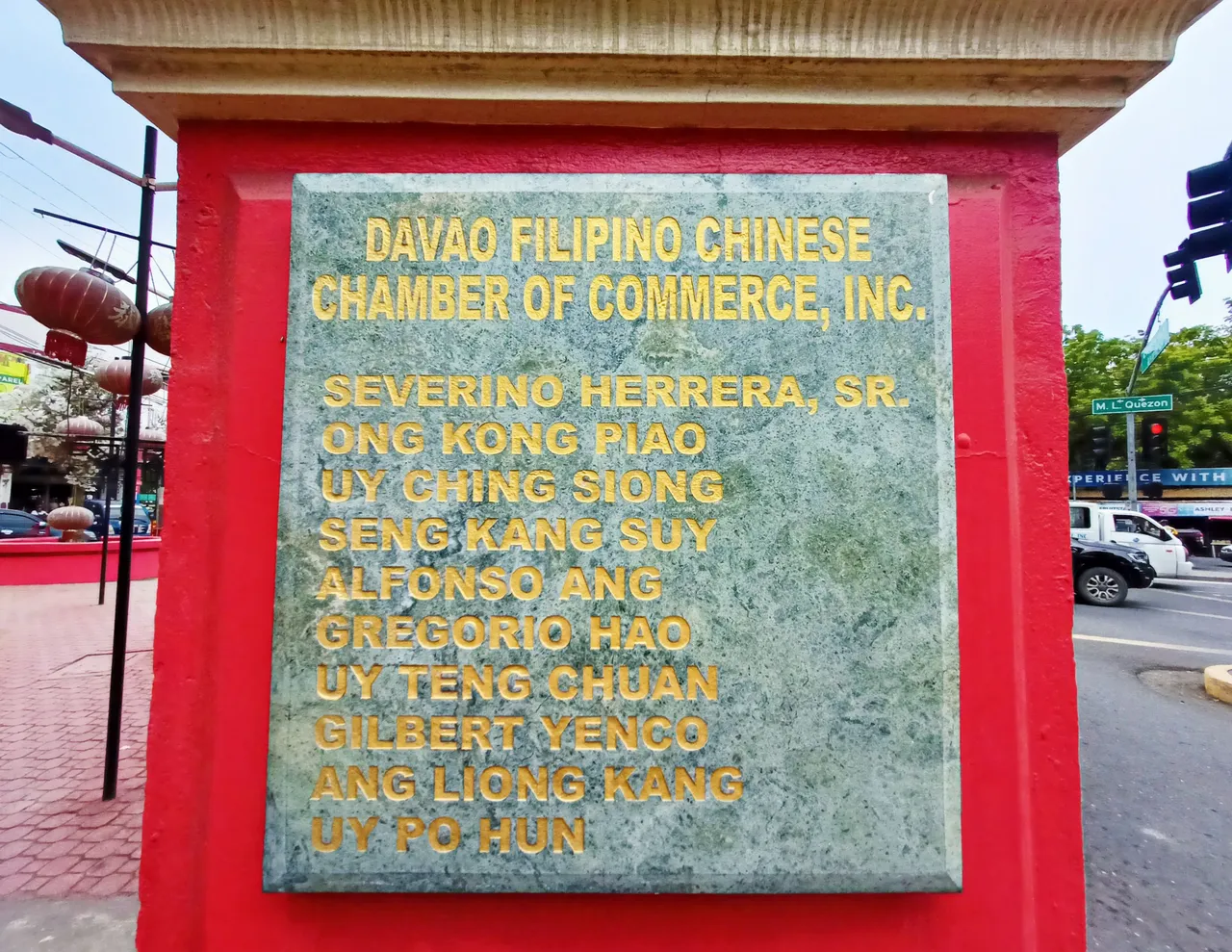
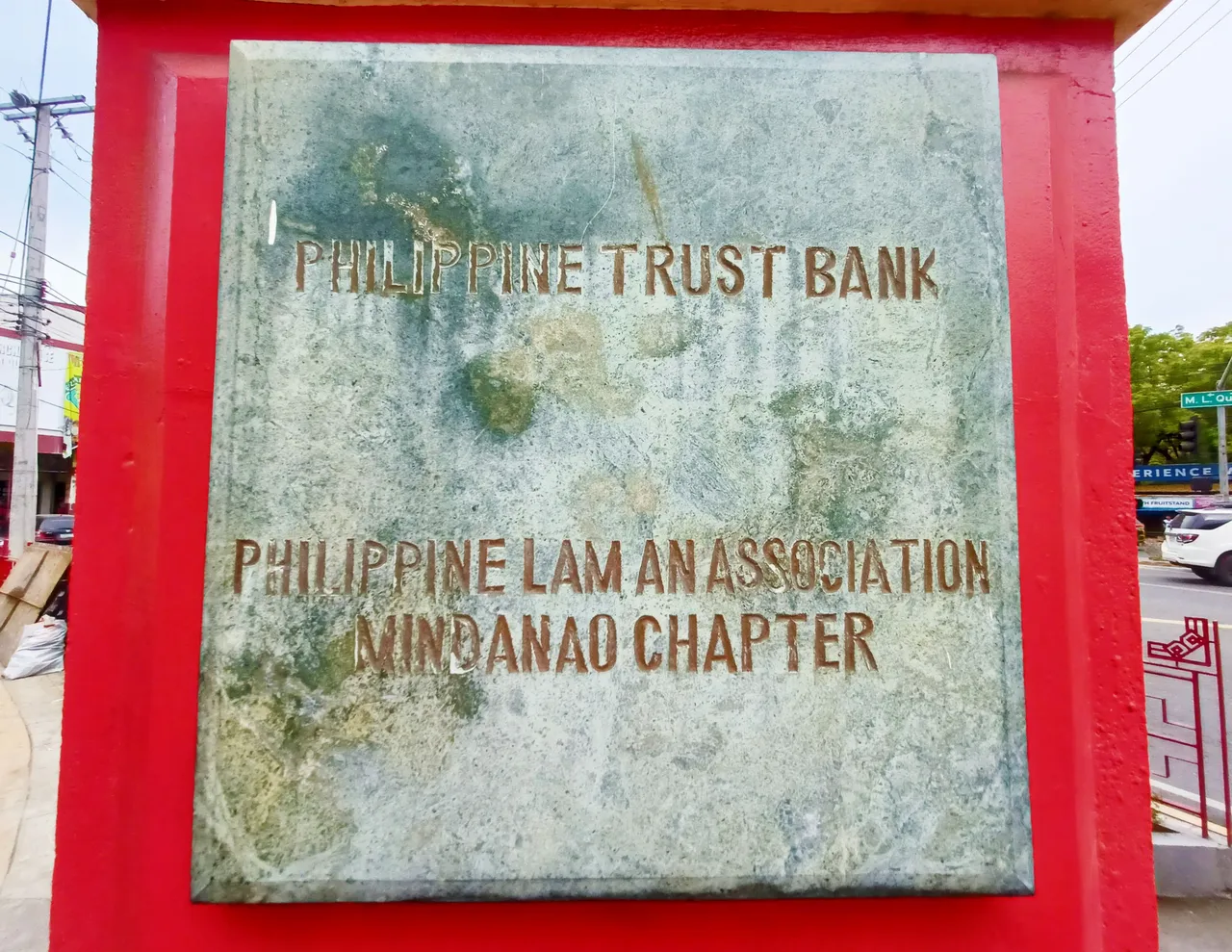
How could I ignore the distinguished individuals and organizations responsible for this project’s realization? One of the most notable public figures mentioned in these embossed plaques of stone were Davao City’s former mayor/previous Philippine president himself. A great sense of pride engulfed me as I acknowledged this list of important names.
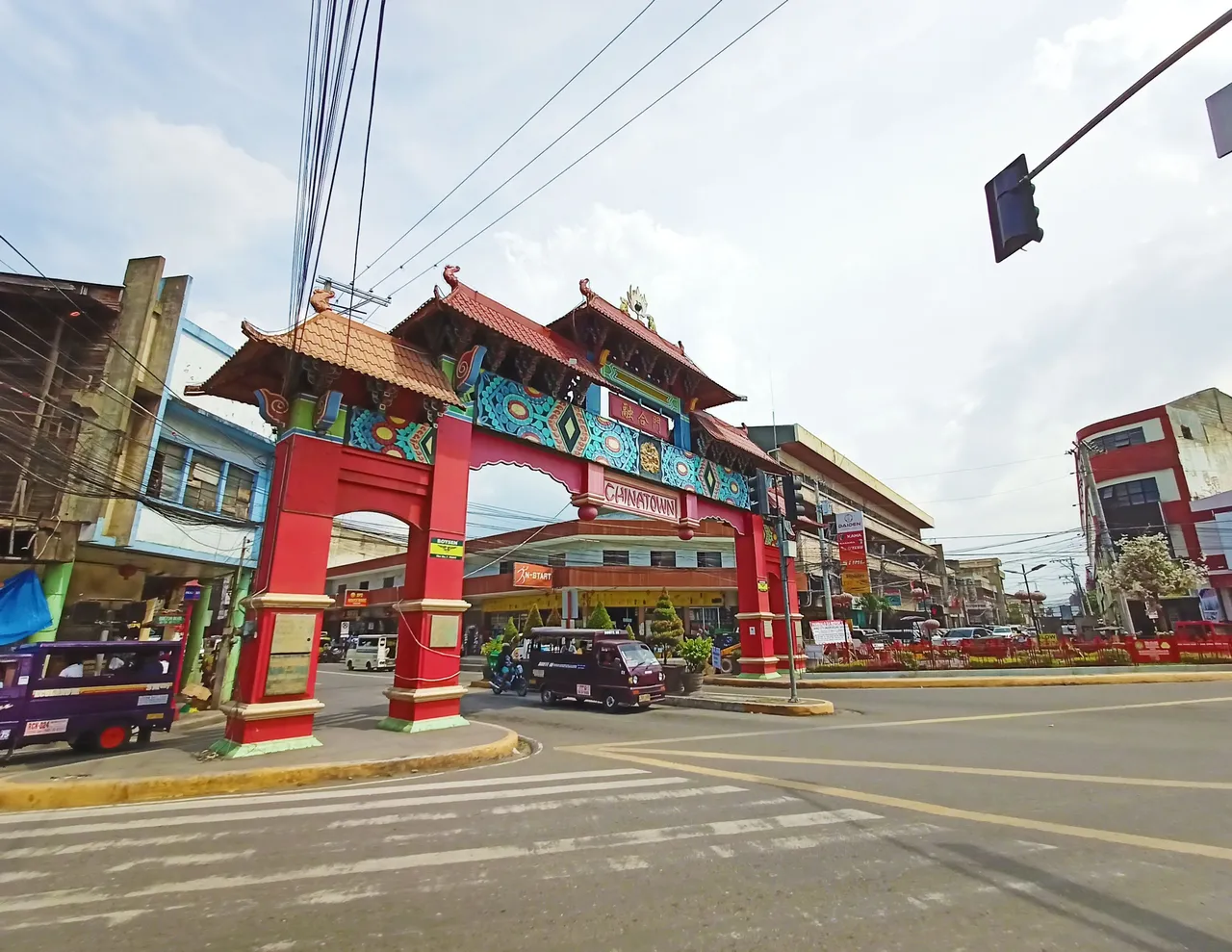
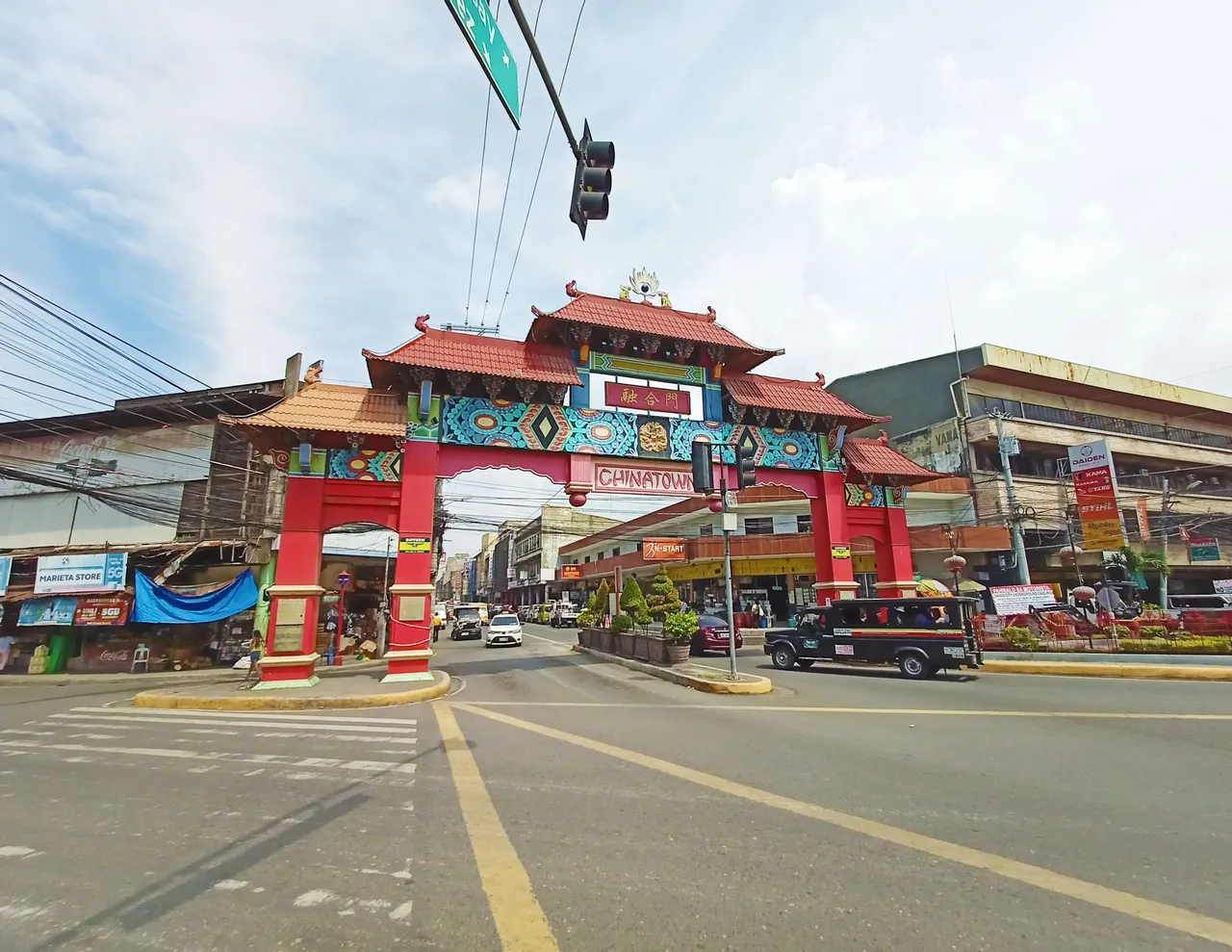
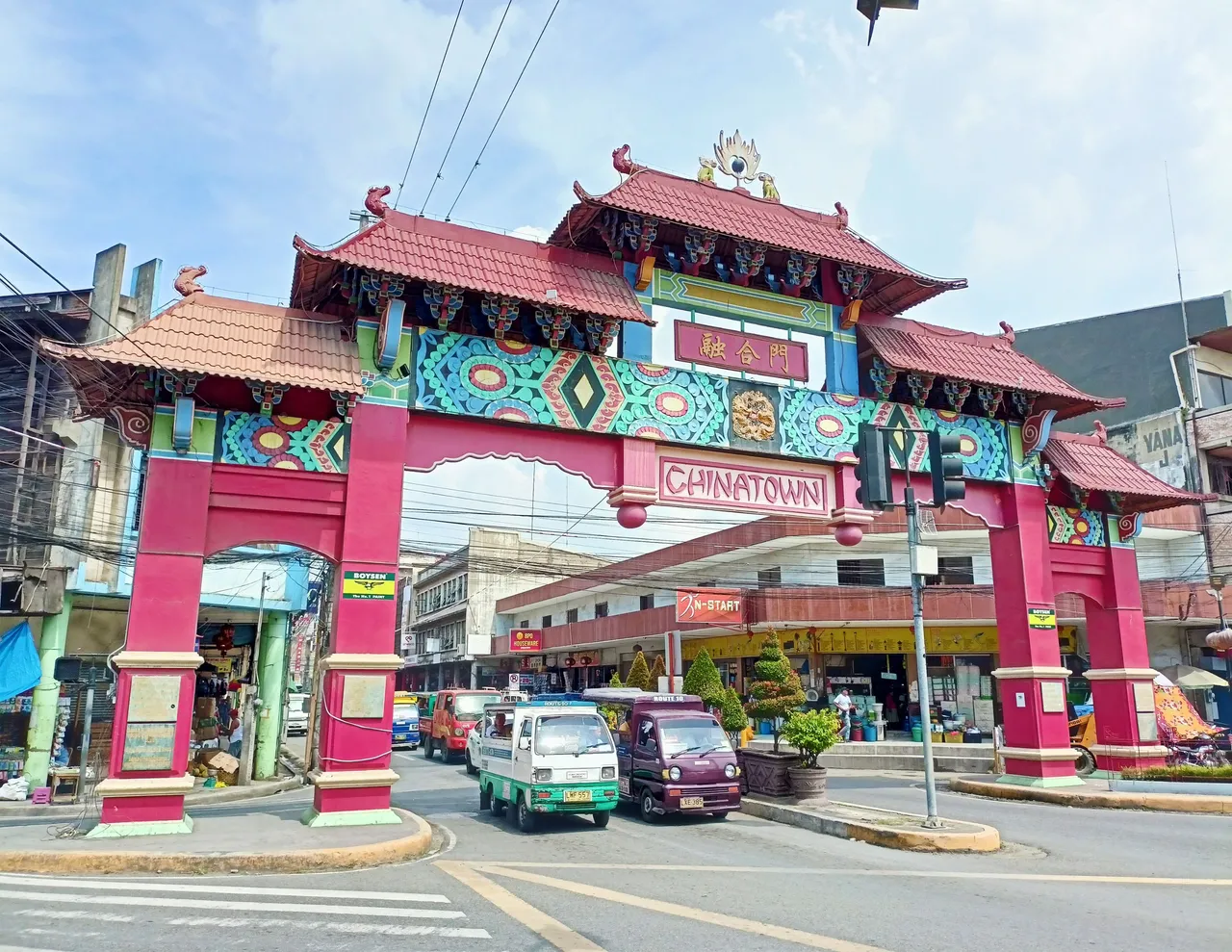
Red was obviously this archway’s dominant color. In Chinese culture, red symbolizes joyfulness, vitality, wealth, and fertility. As this particular tone is also quite common in their vernacular practices, I wasn't surprised to see its generous implementation on this architectural masterpiece. Isn't this monument a magnificent spectacle?
Together with other colorfully sculptural accents, emblematic elements, and ornamental details, the Unity Archway is a solid testament to the strong presence of Chinese supremacy in this respected metropolis. I couldn't be more impressed! What about you?
The Friendship Archway
The second portal was situated on the opposite end of Ramon Magsaysay Avenue, bordering C.M. Recto and J.P. Laurel Avenues. Passing through a lengthy series of commercial, culinary, and government establishments, it would take around 30 minutes to walk to this spot from the previous portal.
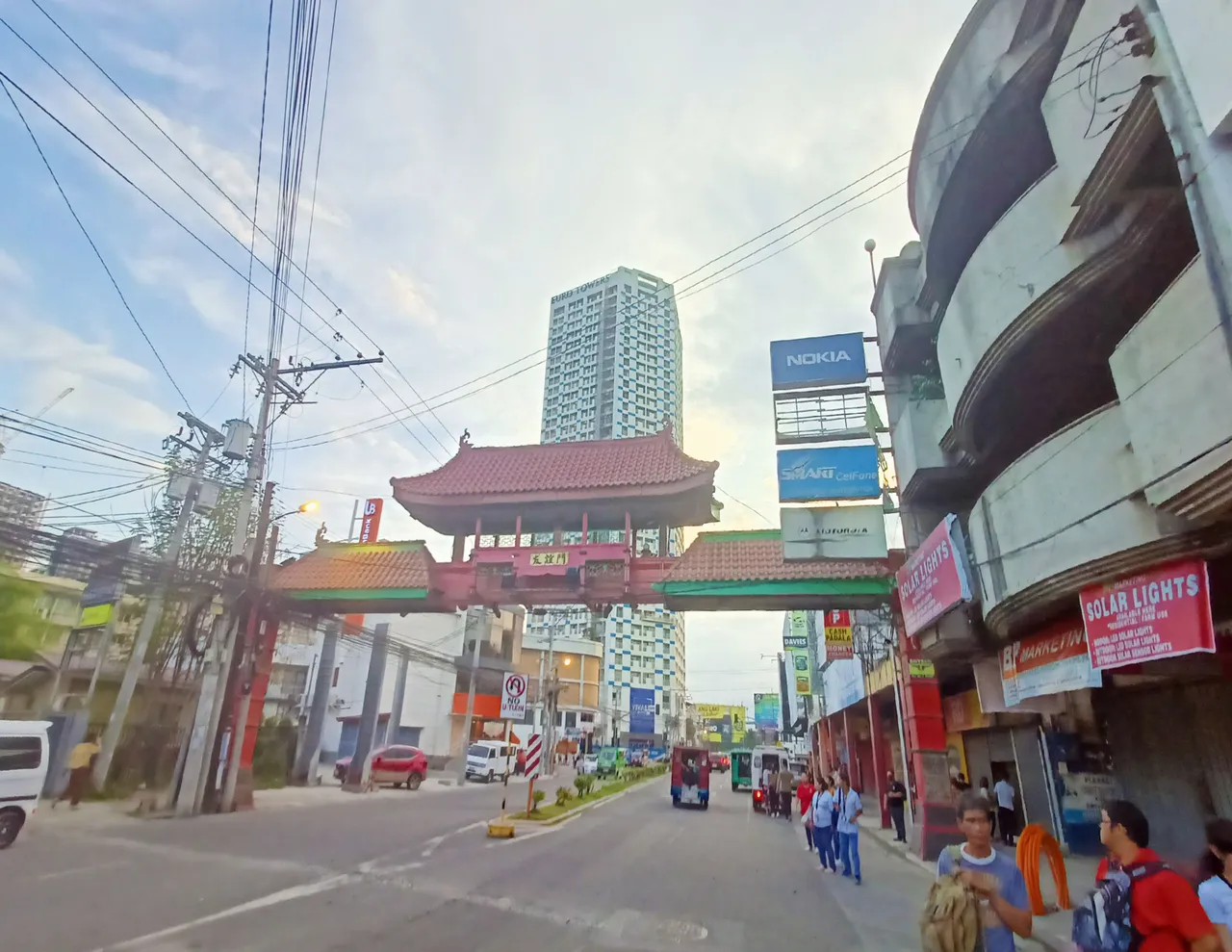
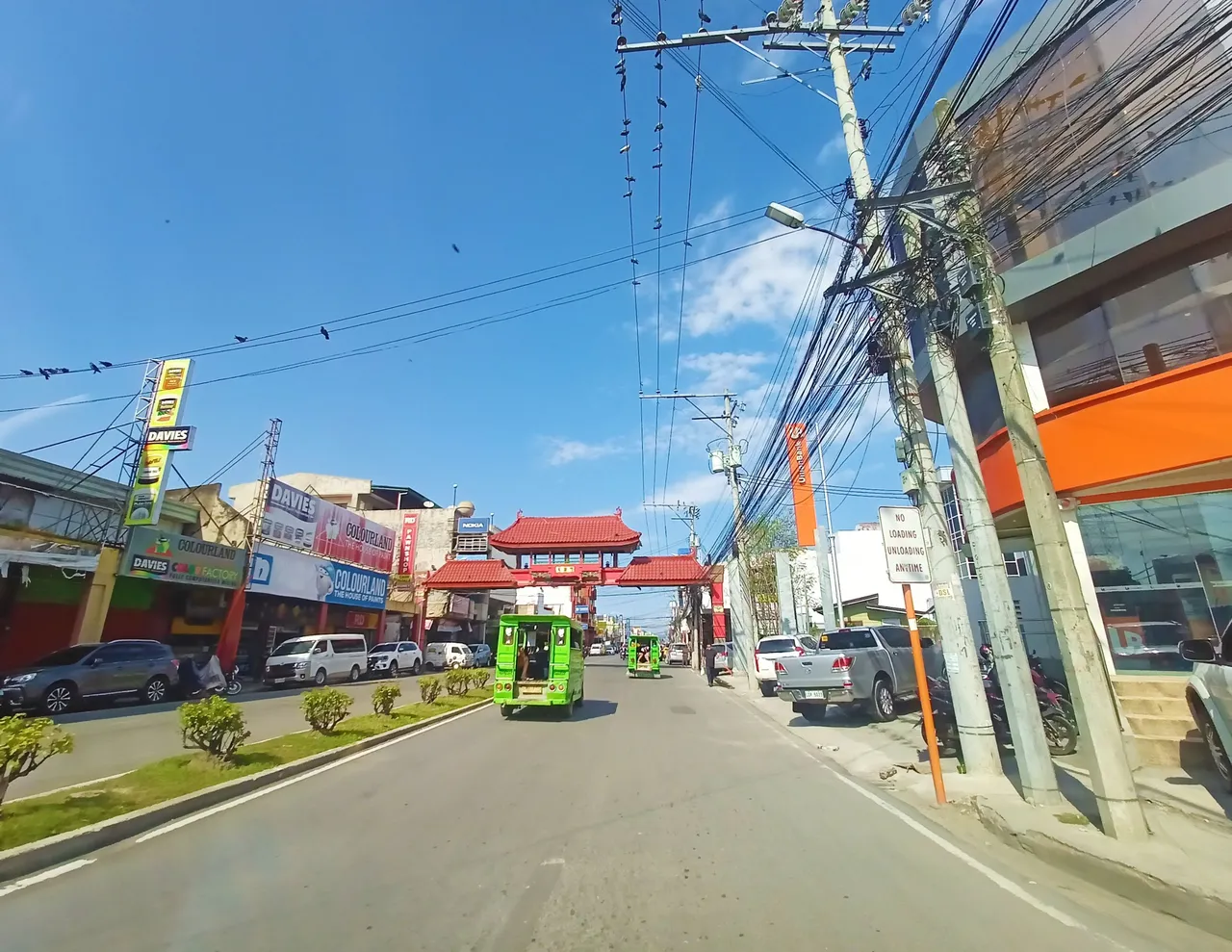
As I approached this tall monument, I've noticed a stark difference in its conventional aesthetics. Although not as elaborate as the Unity Archway, this beautiful structure embodied some traditional bas reliefs, sculptural ornaments, and symbolic elements.
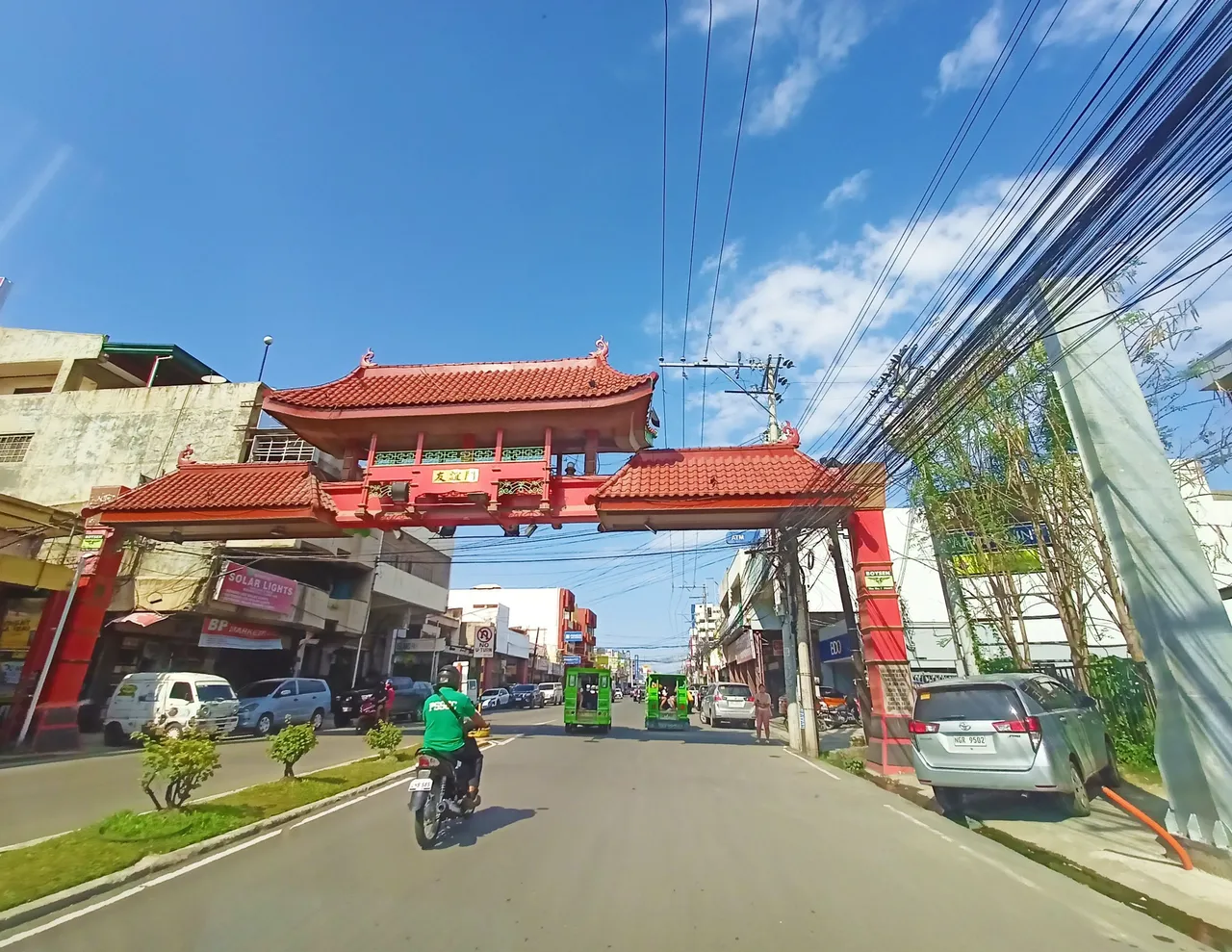
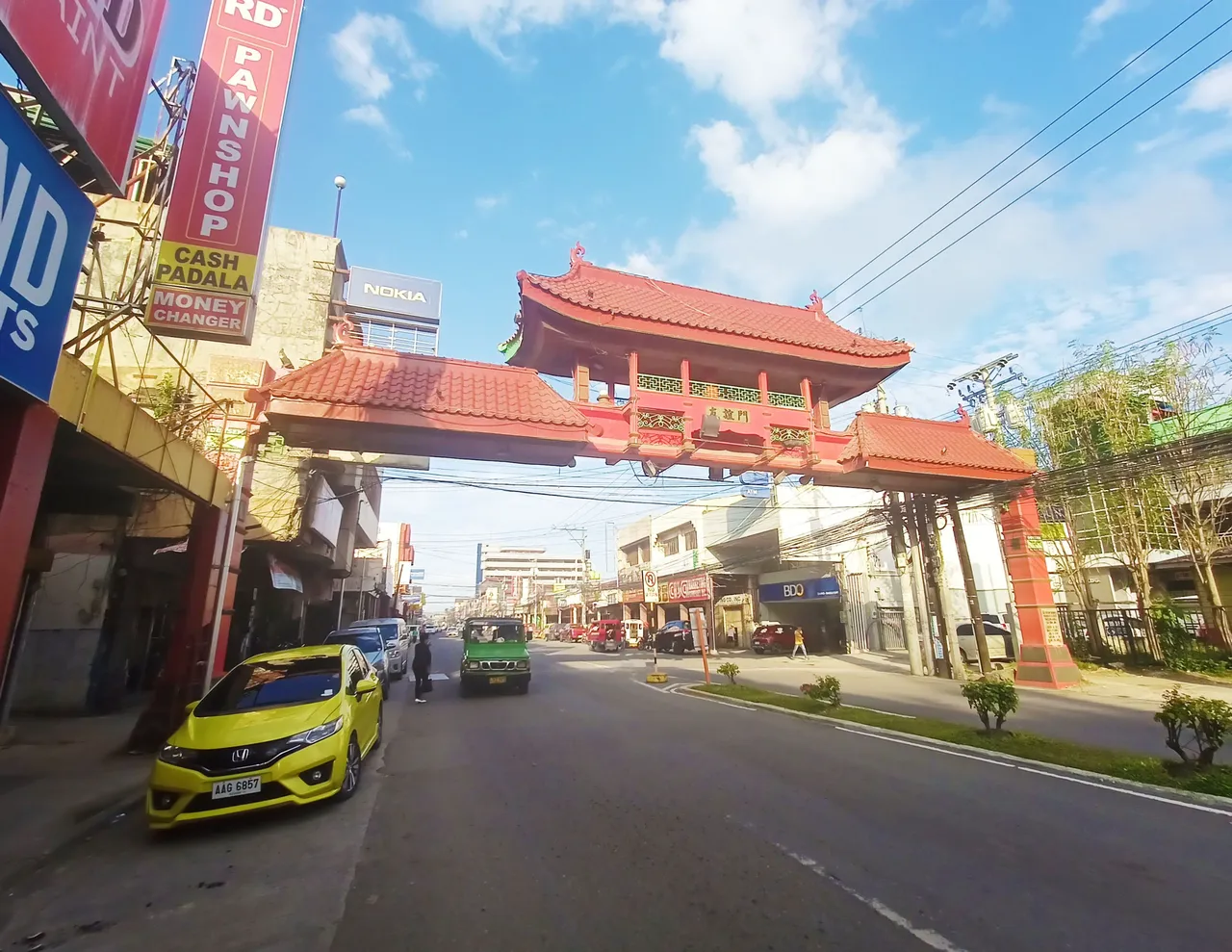
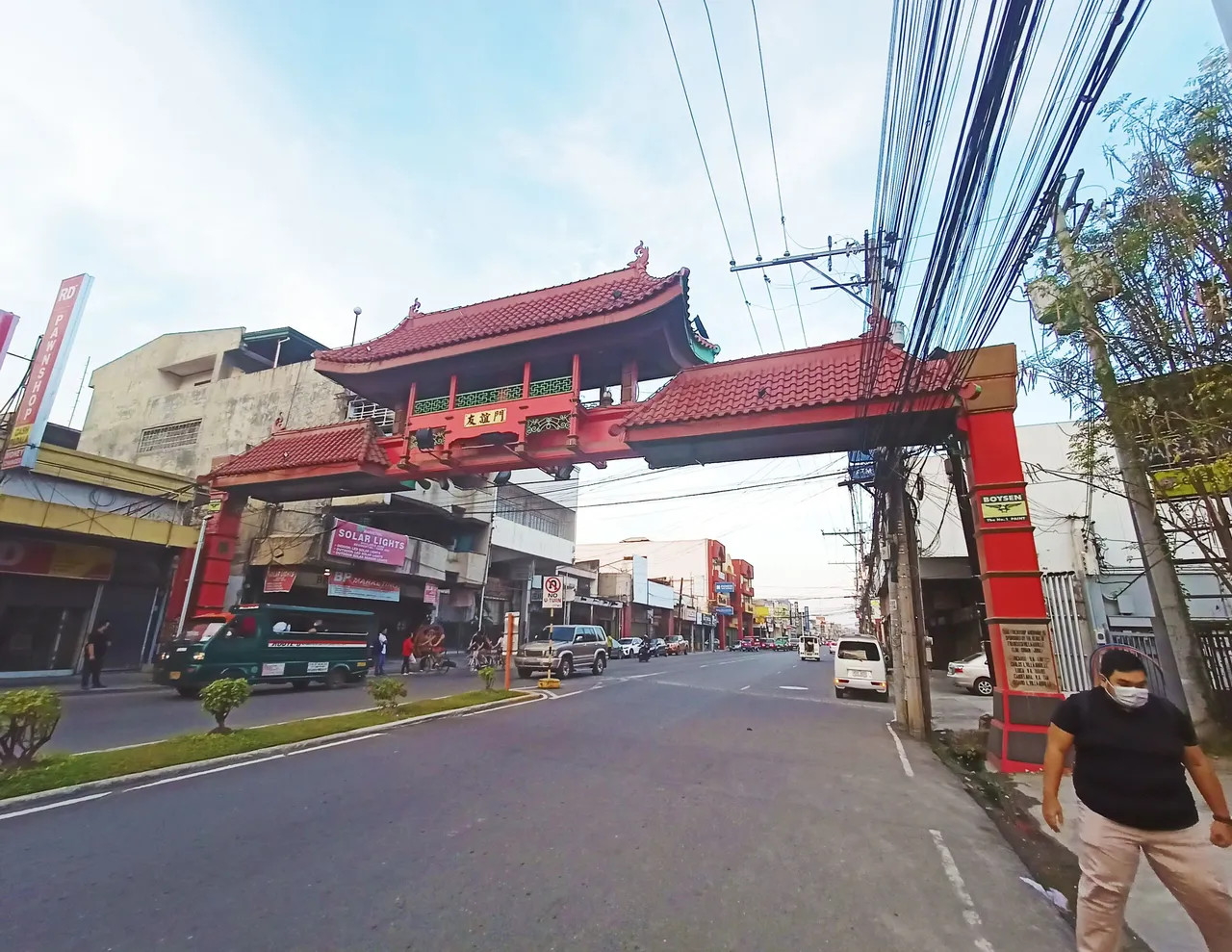
Nevertheless, it was still a noticeable landmark that couldn't be ignored when traversing through this specific city location. What do you think?
The Prosperity Archway
The third portal was the most ordinary in appearance as it stood amidst the adjacent group of warehouses, wholesale stores, production factories, and an international school on its sides. This neighborhood’s thoroughfare wasn't as active on the roads as the two previous areas of Chinatown. Perhaps most of the business activities were probably hidden from public view.
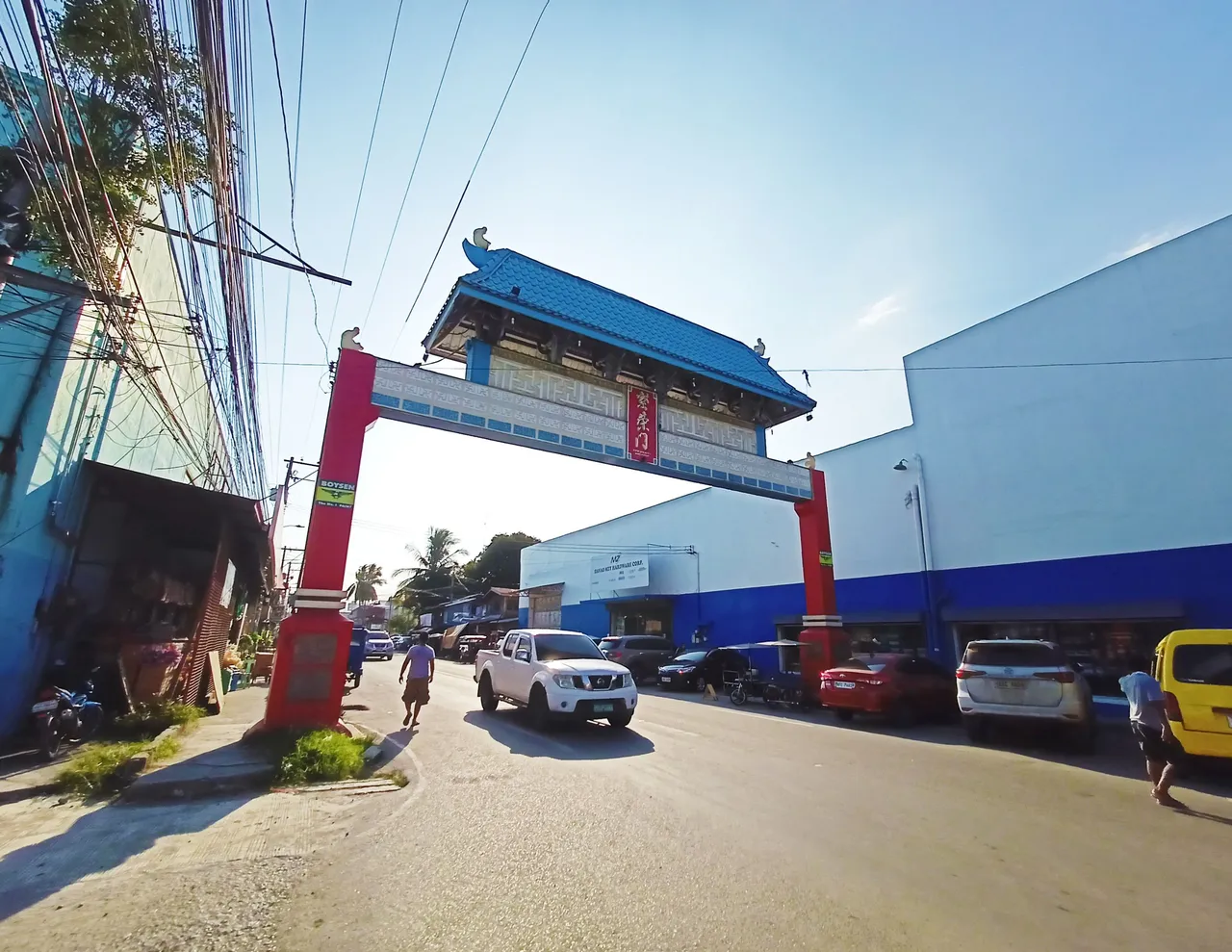
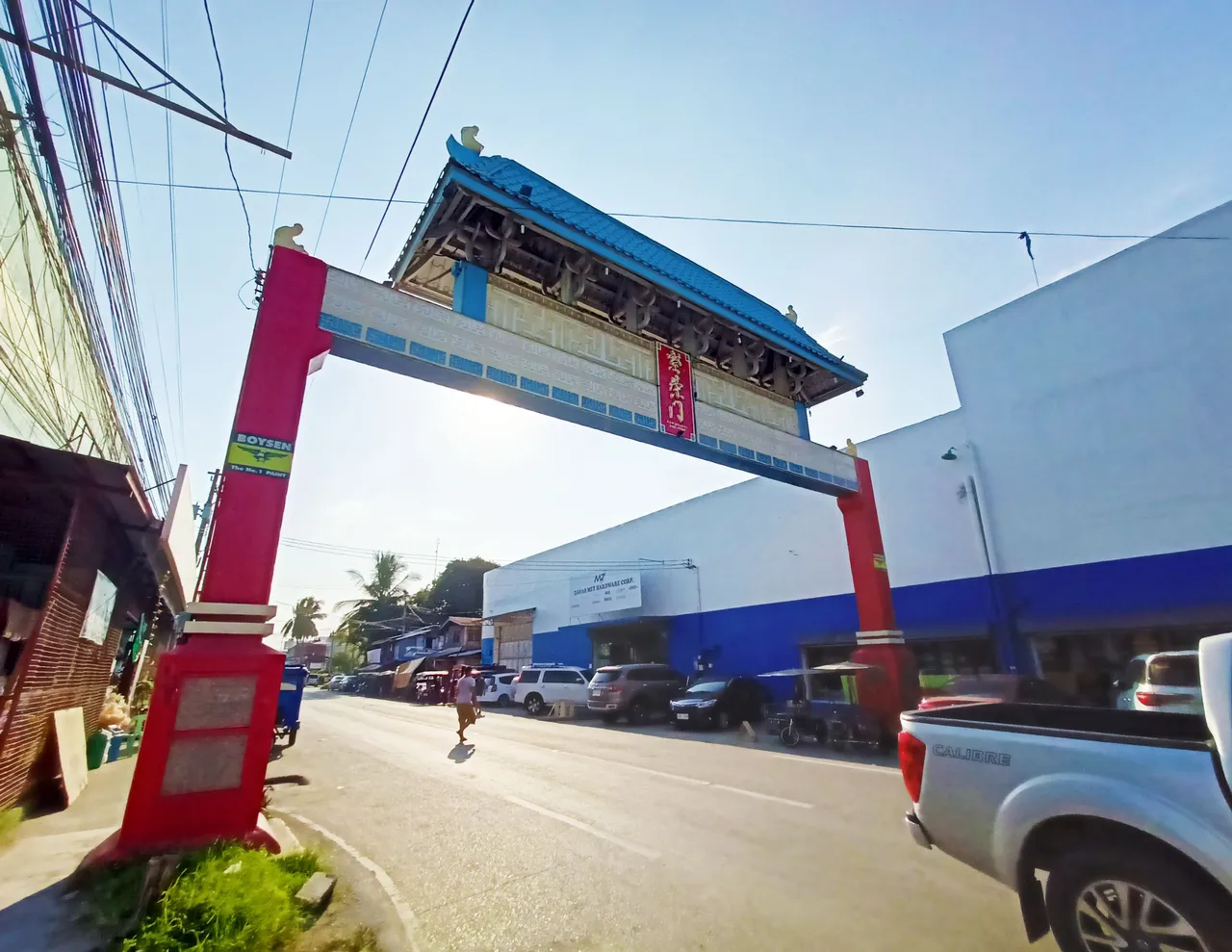

Located on one end of Sta. Ana Avenue close to the corner of Leon Garcia Street, this Chinese gateway portrayed a more minimalistic architectural character with lesser sculptural decorations.

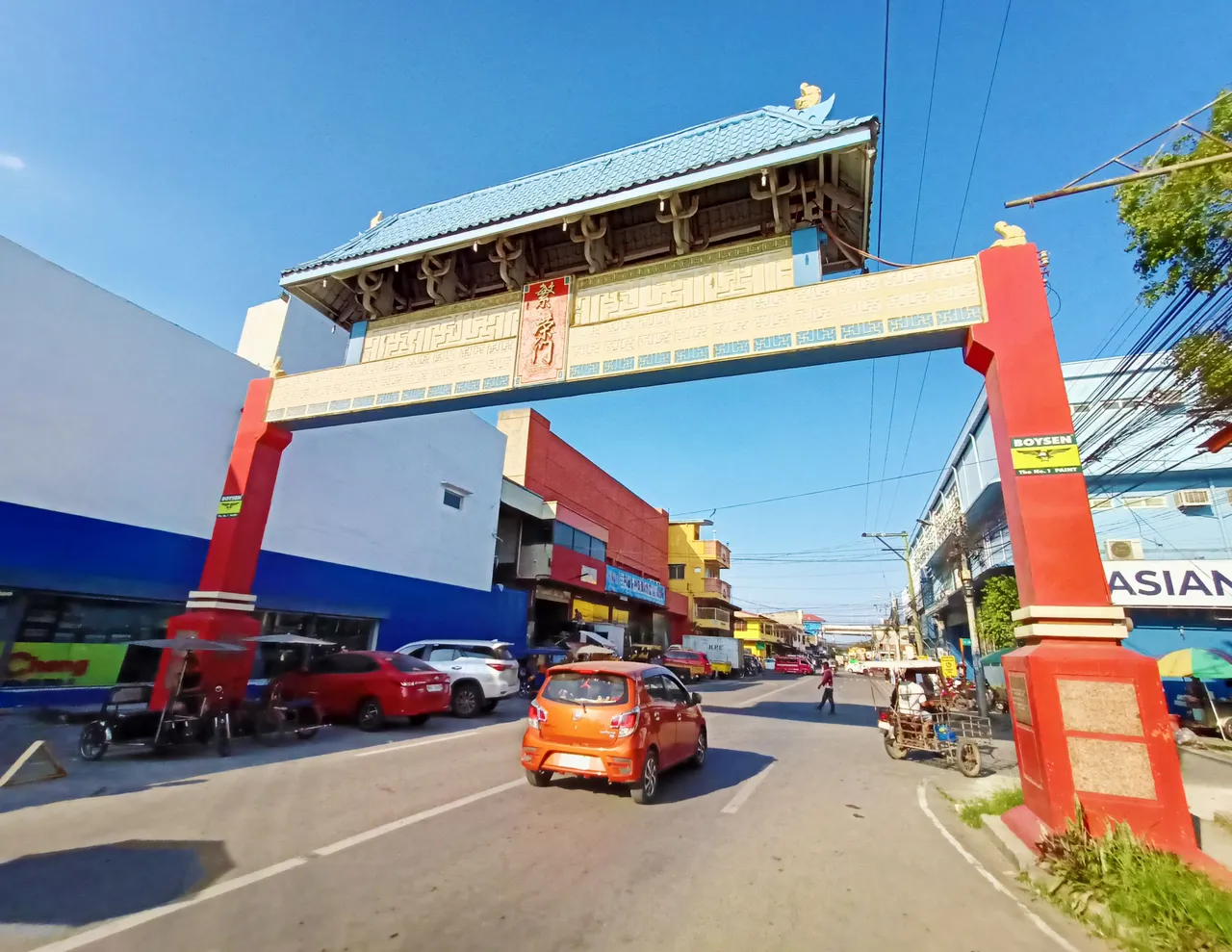
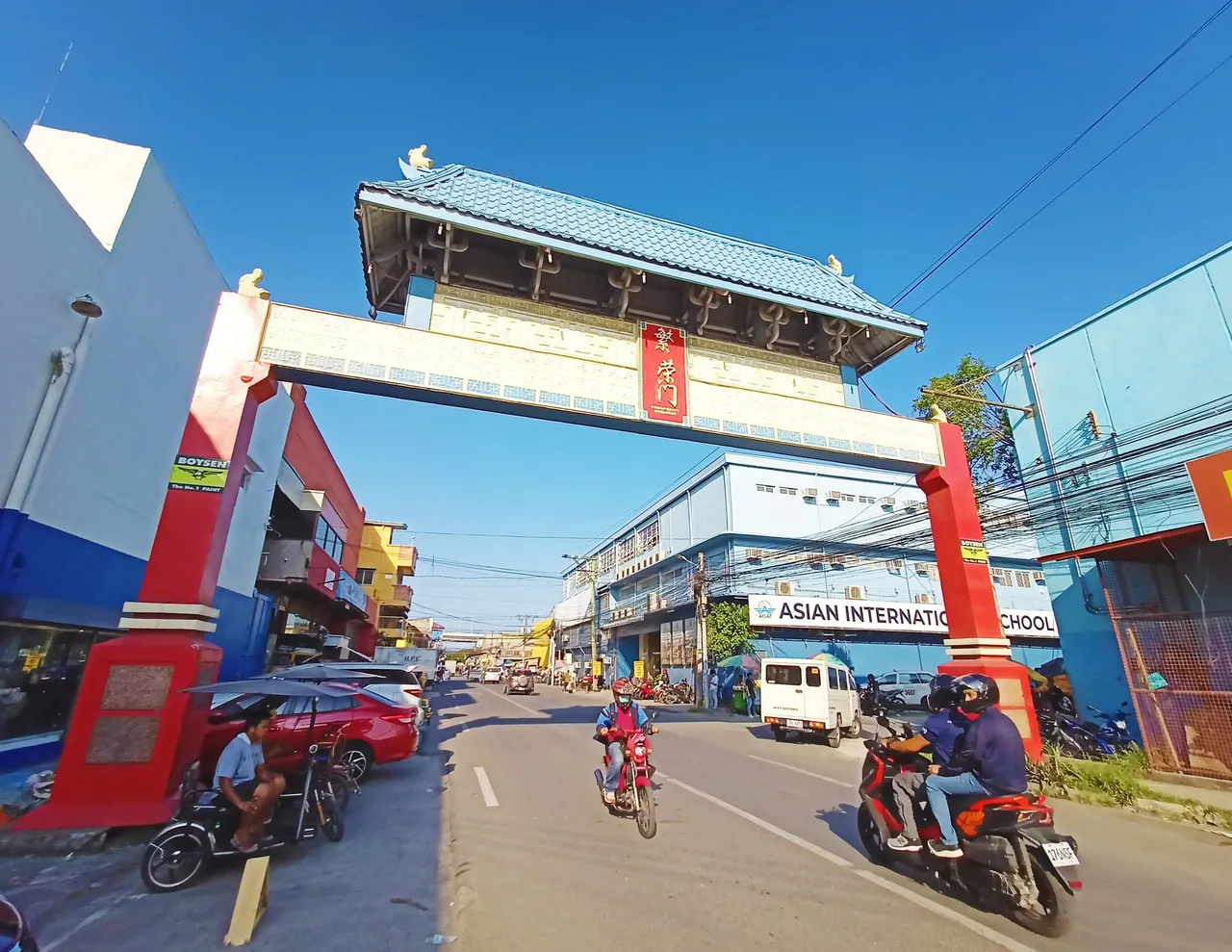
Regardless of its visual simplicity, this elevated portal was still worthy of my attention due to its surprisingly modern presentation. This type of Chinese design probably didn't follow traditional methods, but it seemed to exhibit a more eclectic signature. Would you agree?
The Peace Archway
And last but not the least, the fourth portal was situated on the other end of Sta. Ana Avenue, near the crossing of J.P. Laurel Avenue.
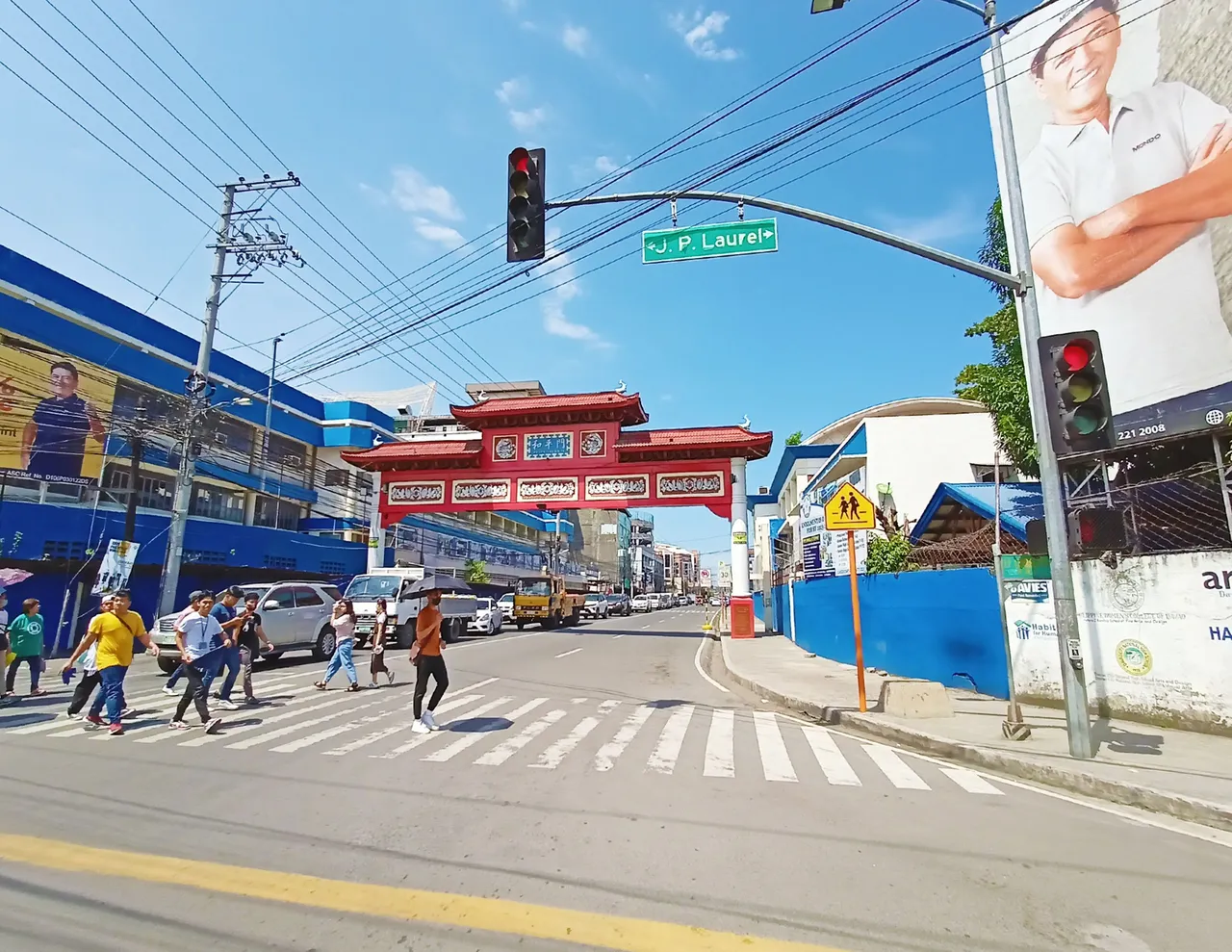
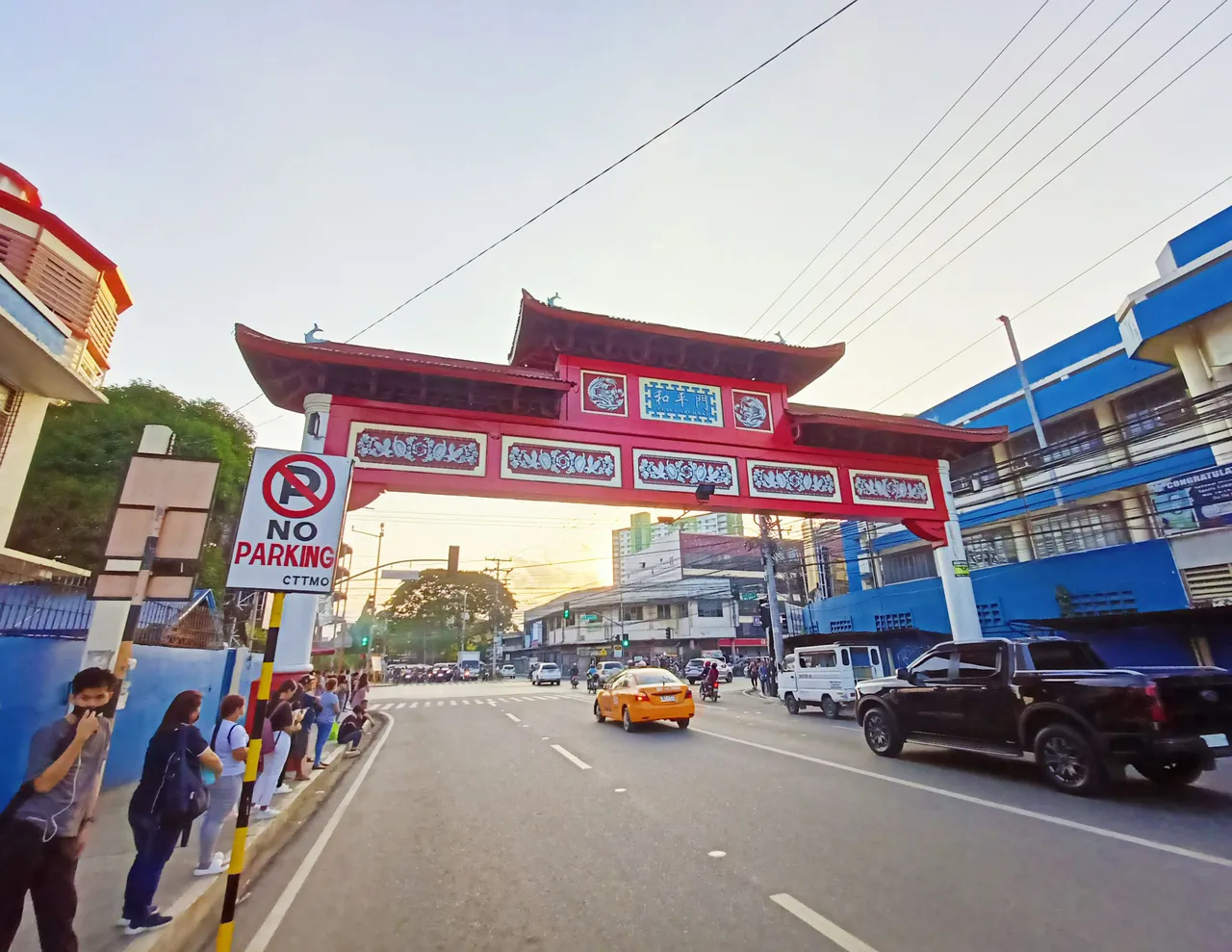
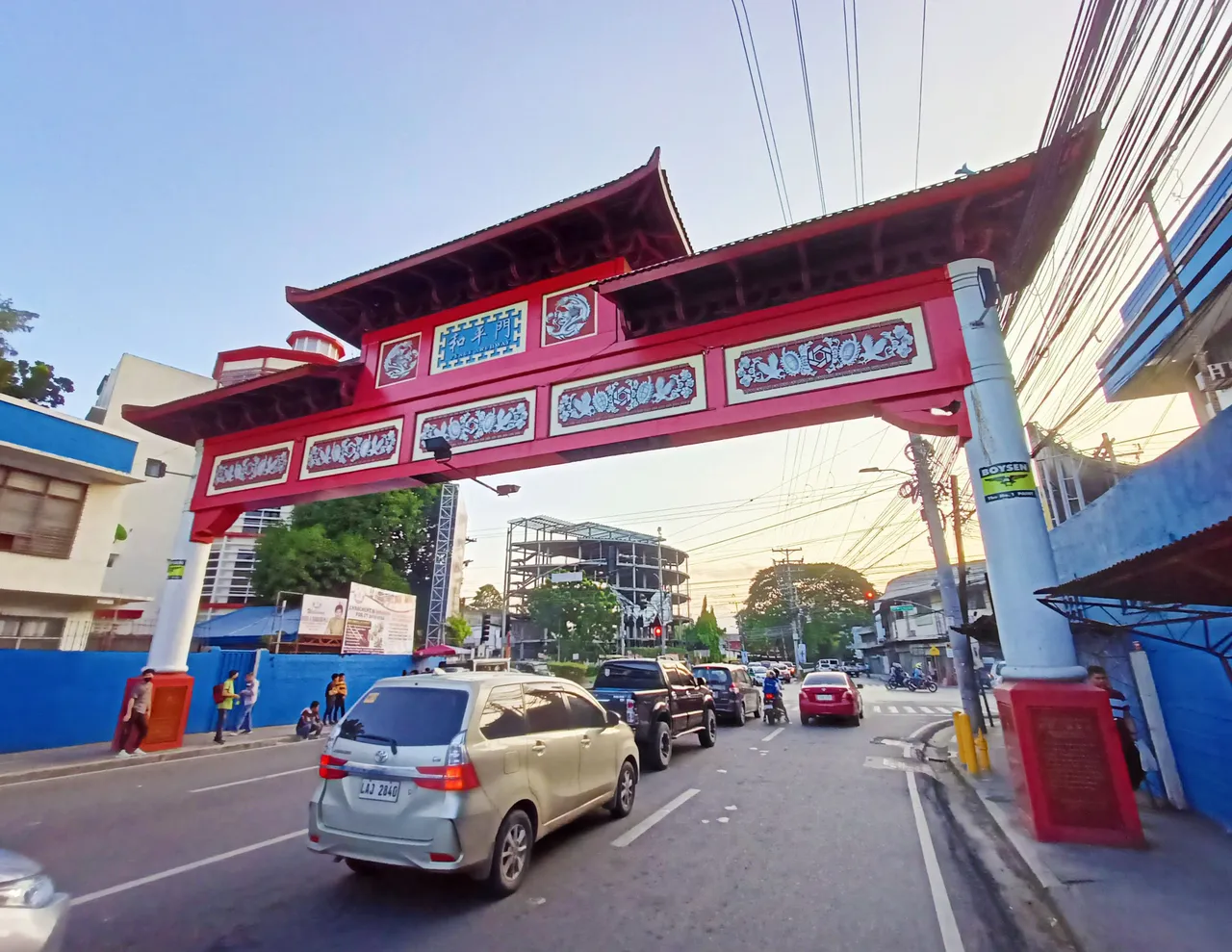
Right at the street corner of Gaisano Mall of Davao, this imposing gateway also allowed a fair share of passing motorists and pedestrians. Compared to the previous one, this stunning monument had a moderate amount of ornamentation but still maintained the basic features of Chinese traditional symbolisms.

Likewise, I didn't overlook its remarkable plaque which offered tribute to the locals of Davao and its accompanying virtue of serenity.
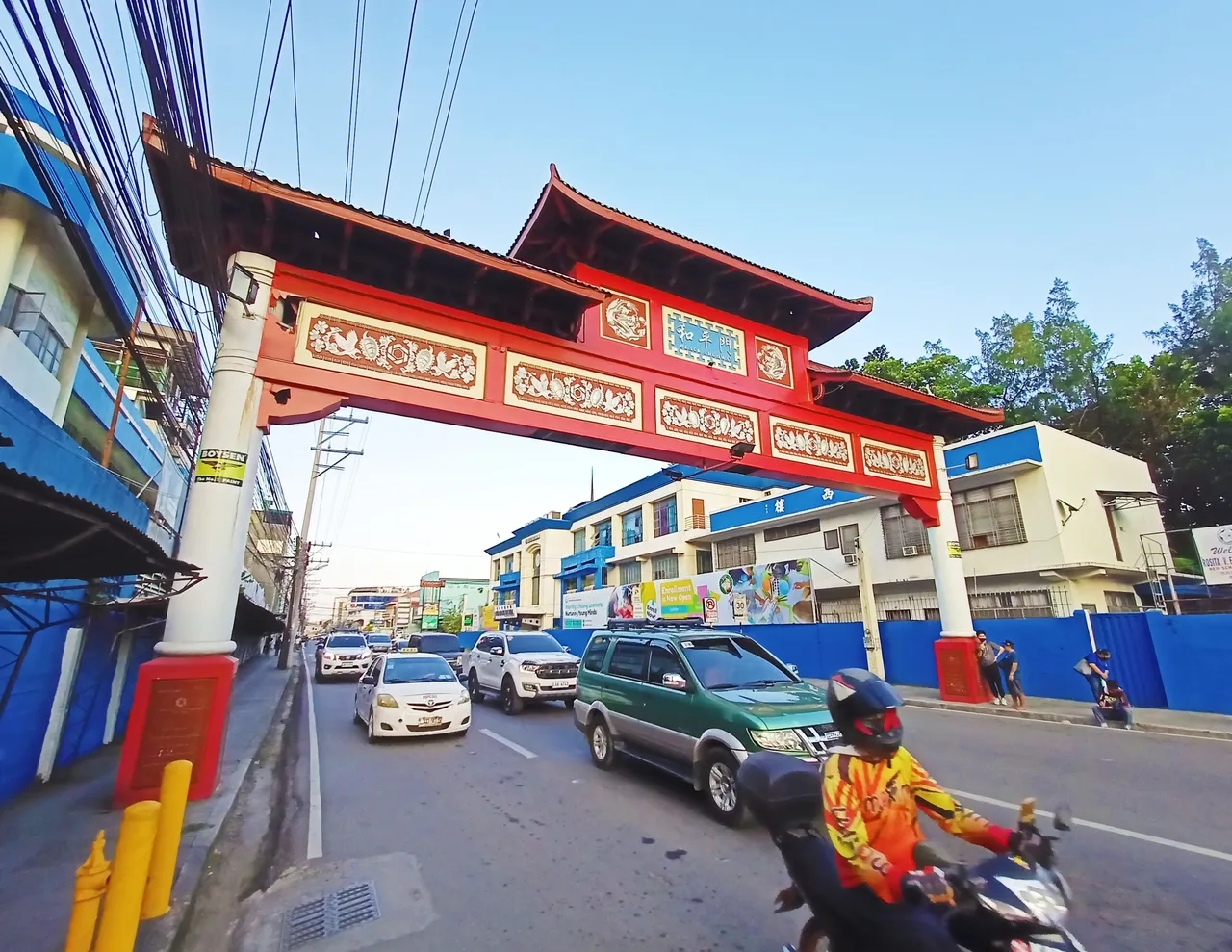
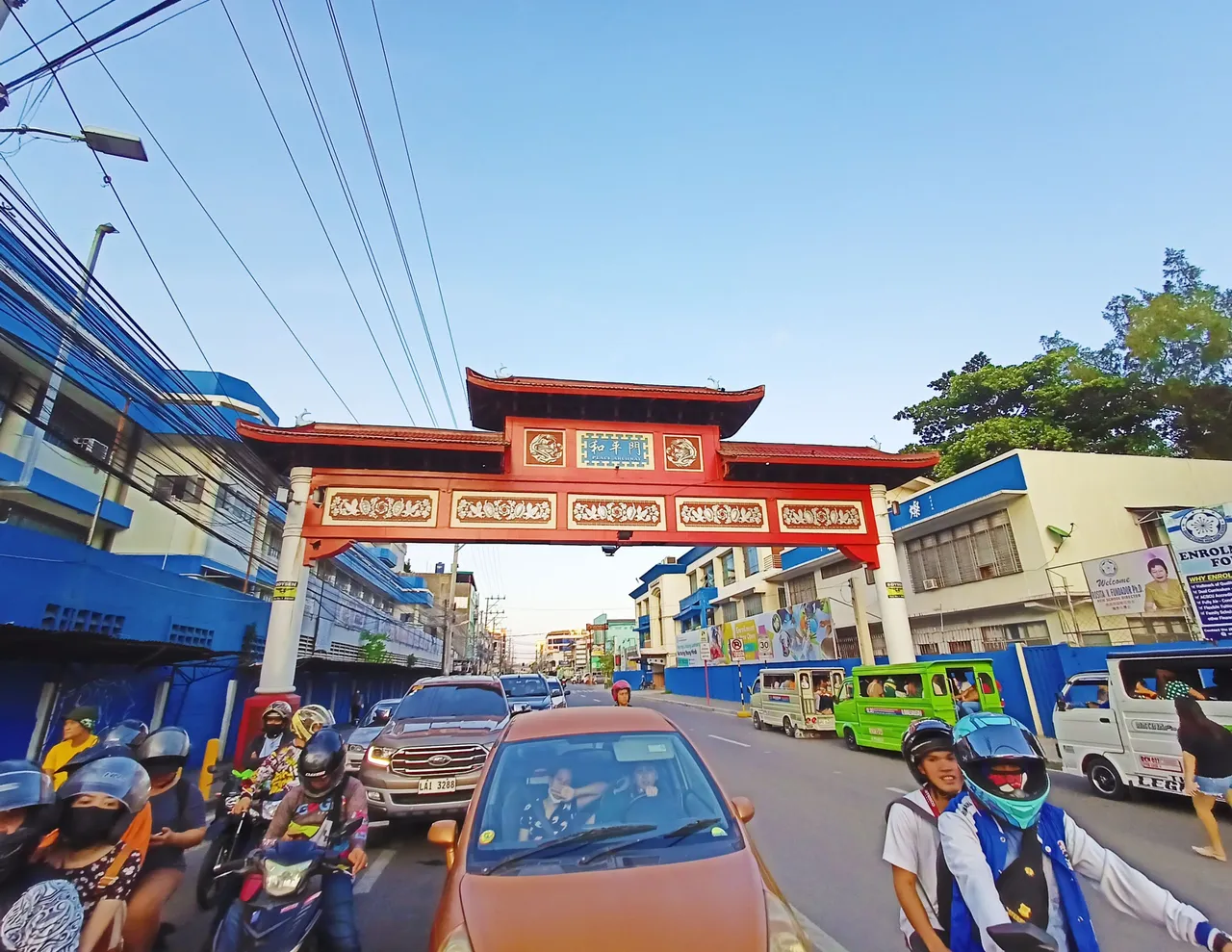
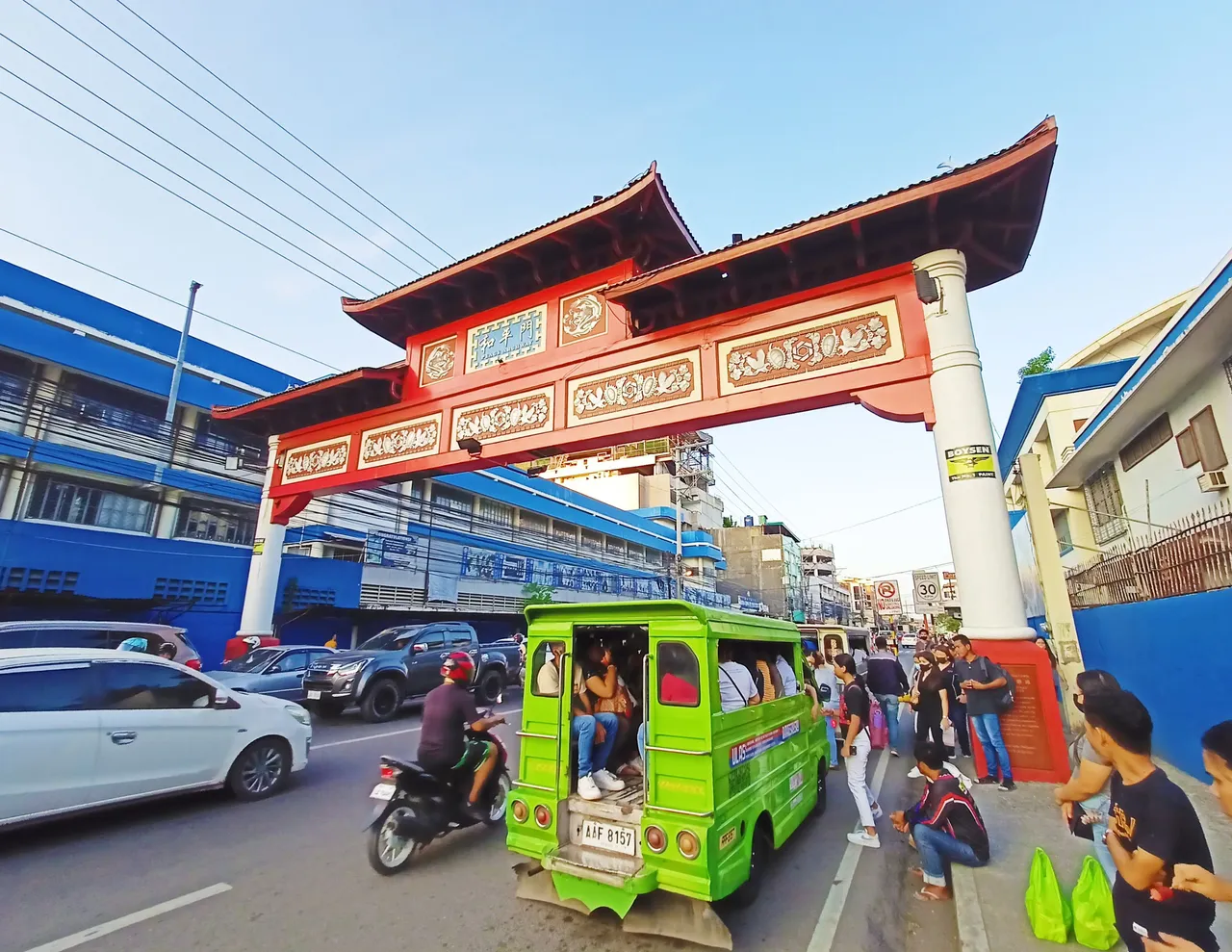
In terms of its architectural quality, the Peace Archway was a bit more decorative than the previous one. Although not as structurally complicated as the Unity Archway, it still demonstrated some Chinese cultural elements mixed with a contemporary flavor. Isn't this an enticing marvel?
Wandering at the Country’s Largest Chinatown
After my tiresome but fruitful architectural escapade on the bustling streets of Davao City’s Chinatown, it was about time to rest. And relax I did by indulging in one of their Chinese restaurants - savoring their mouthwatering meals to my heart's content.
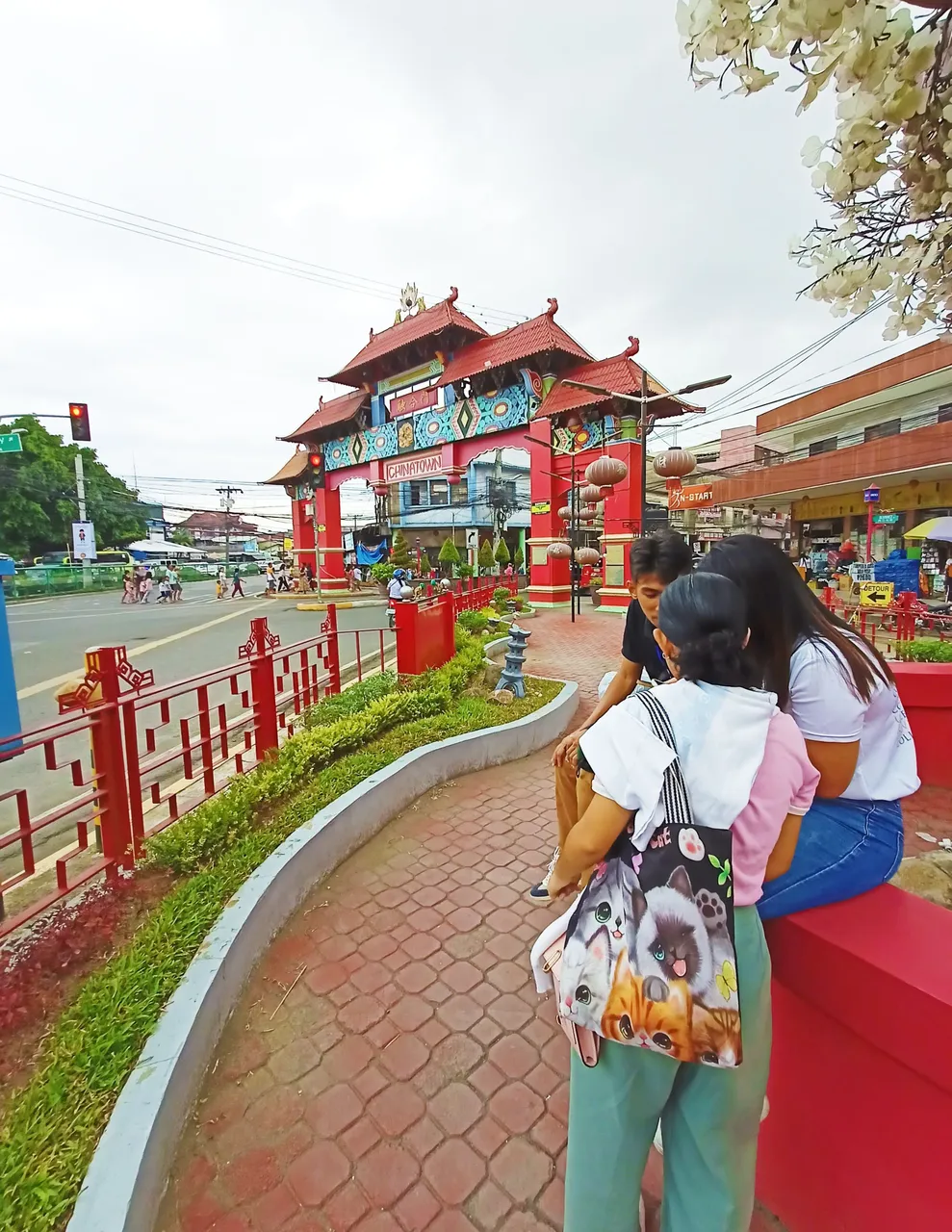
Based on my actual observations onsite, and if I was to rank the four portals according to the order of their architectural complexity, they would be as follows:
- The Unity Archway
- The Friendship Archway
- The Peace Archway
- The Prosperity Archway
It was truly a one-of-a-kind experience of architecture! And if you happen to travel to the Philippine City of Davao, invest extra time in discovering these iconic monuments of Chinese culture.
Are you fascinated by these Oriental edifices?
